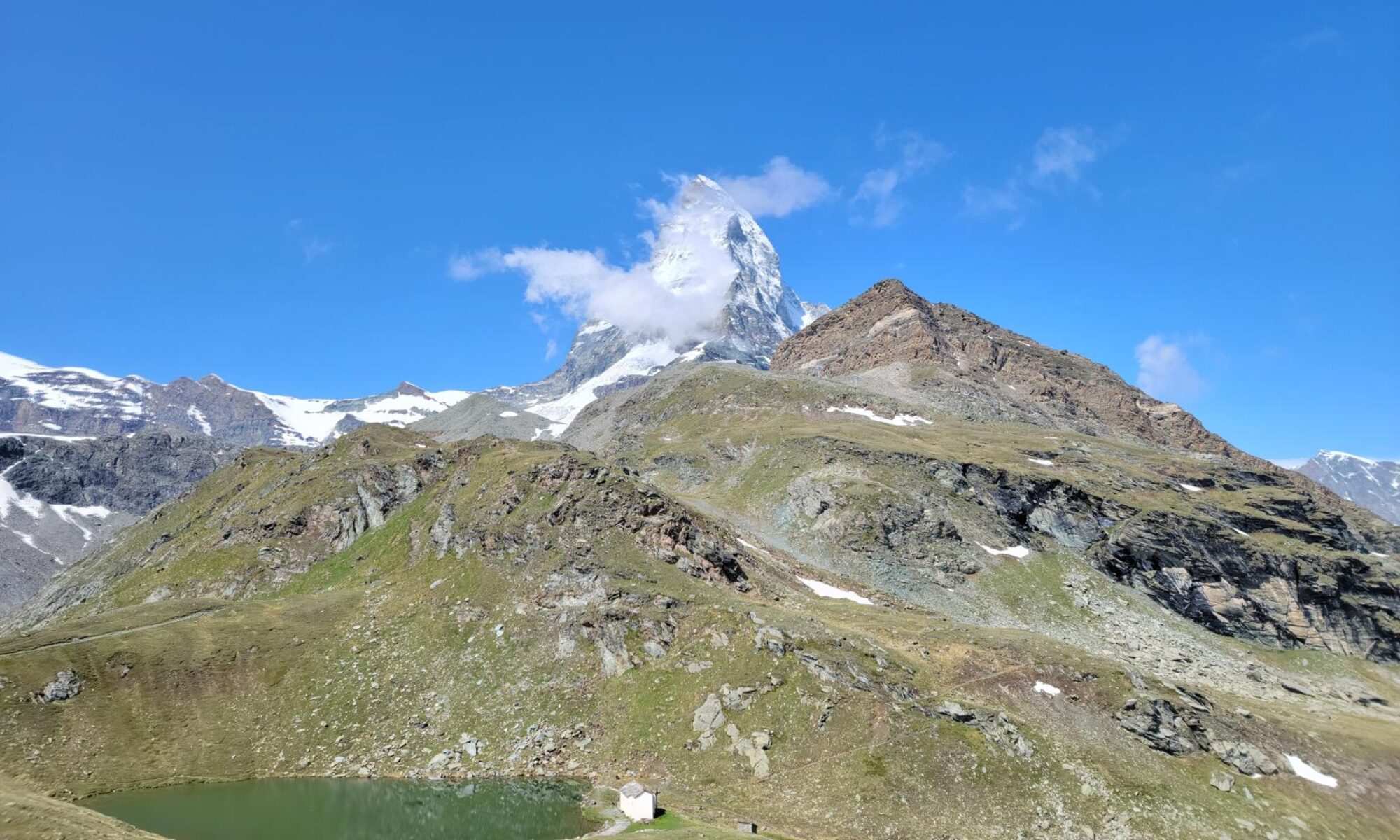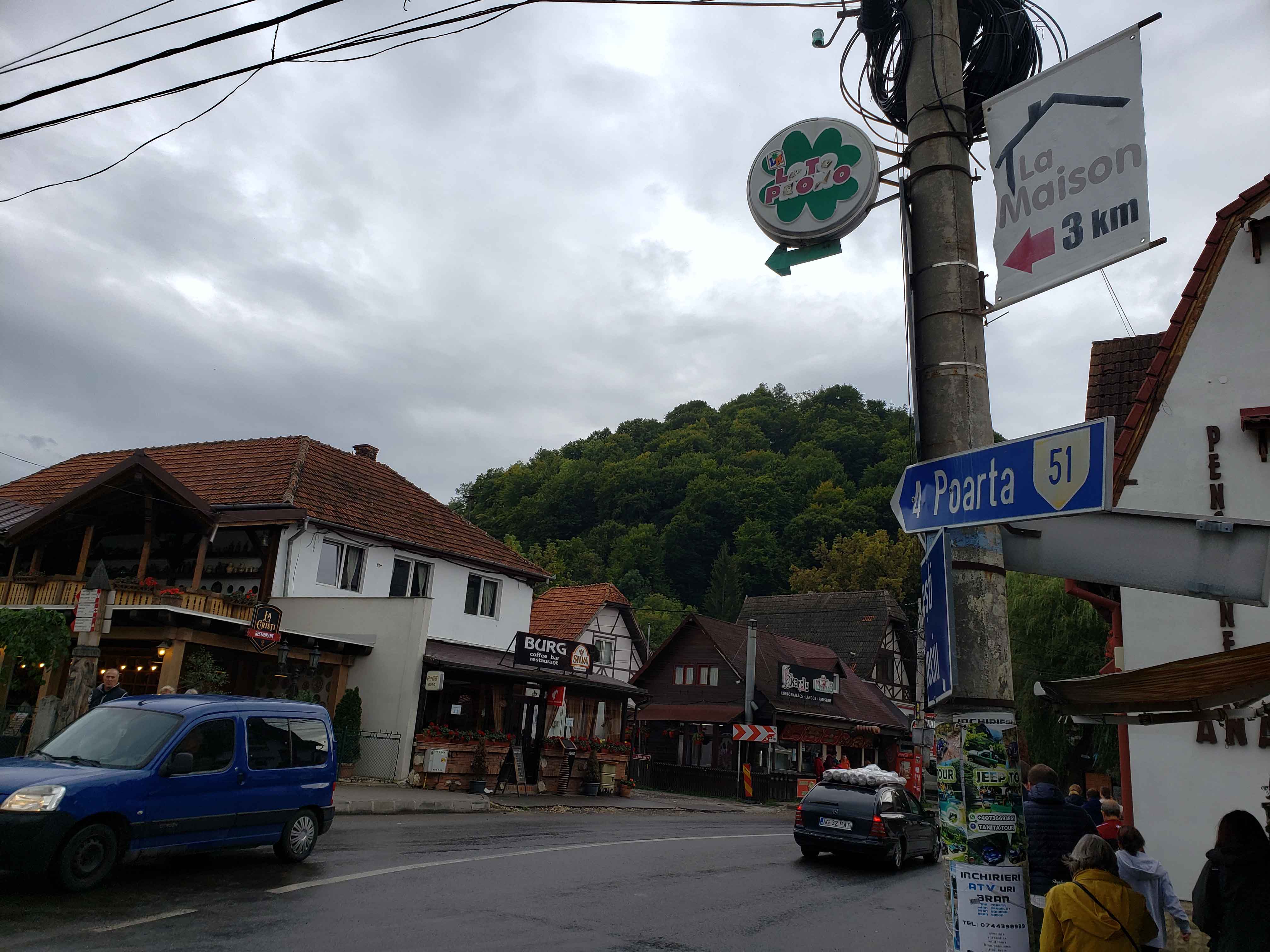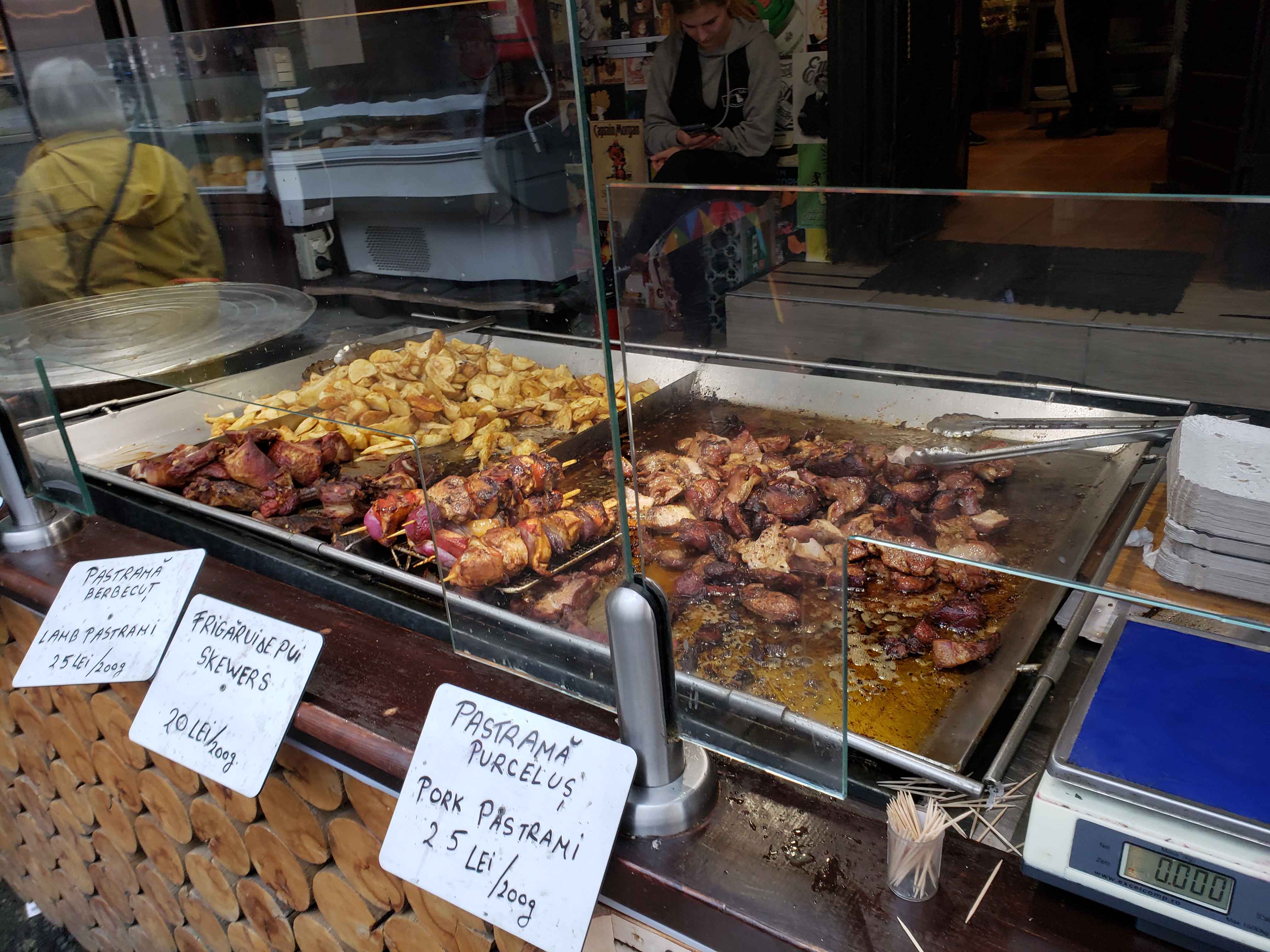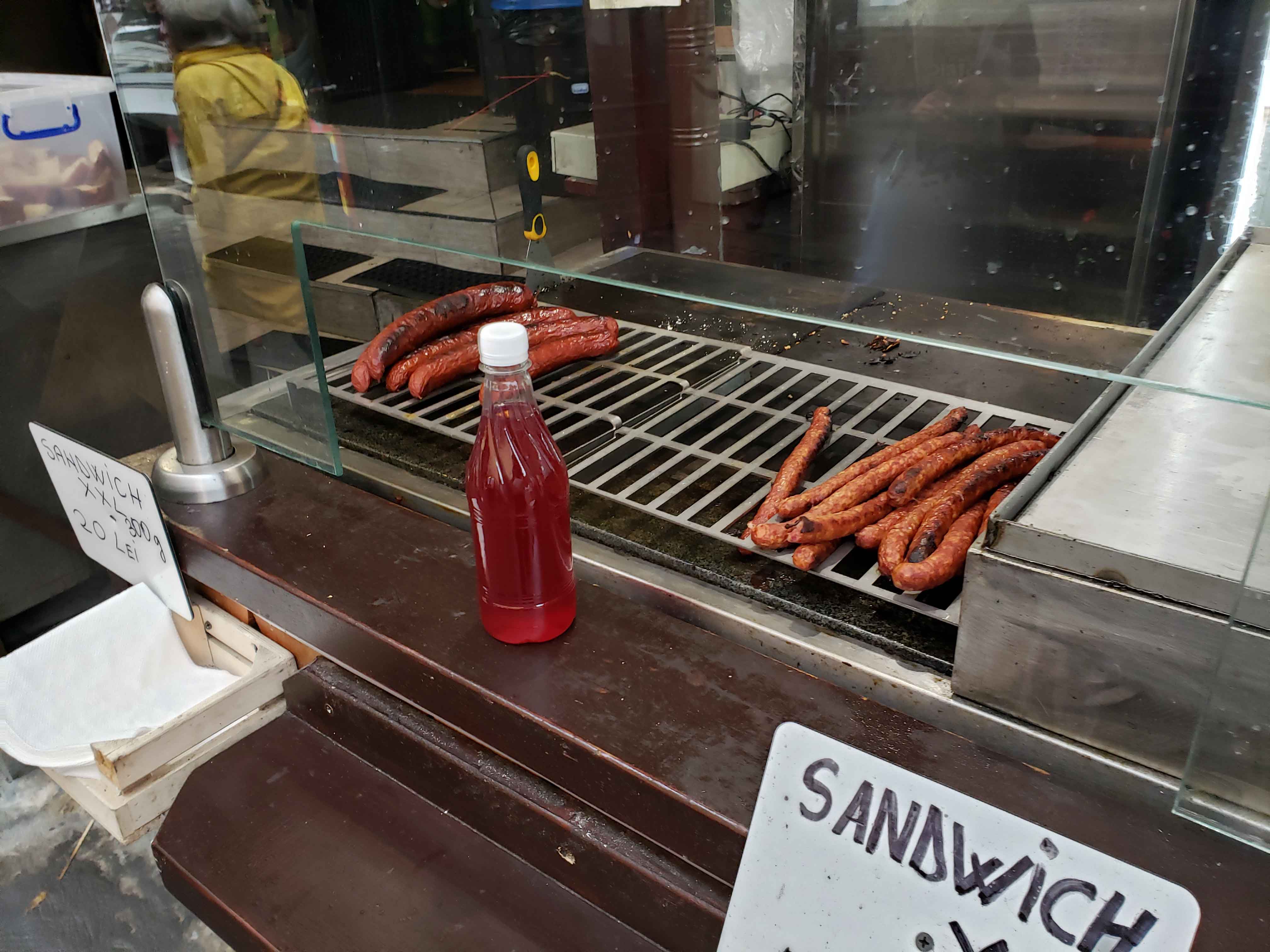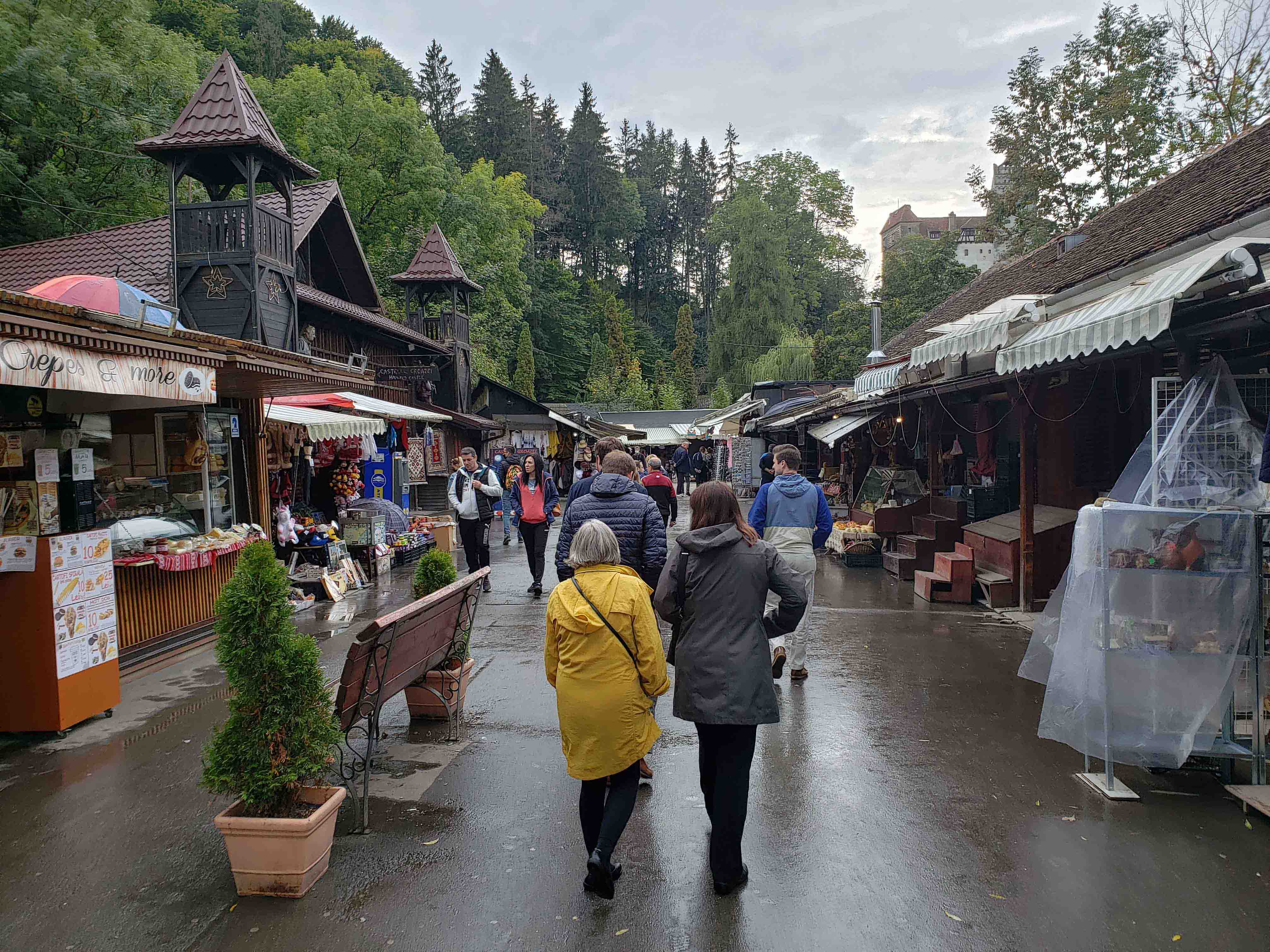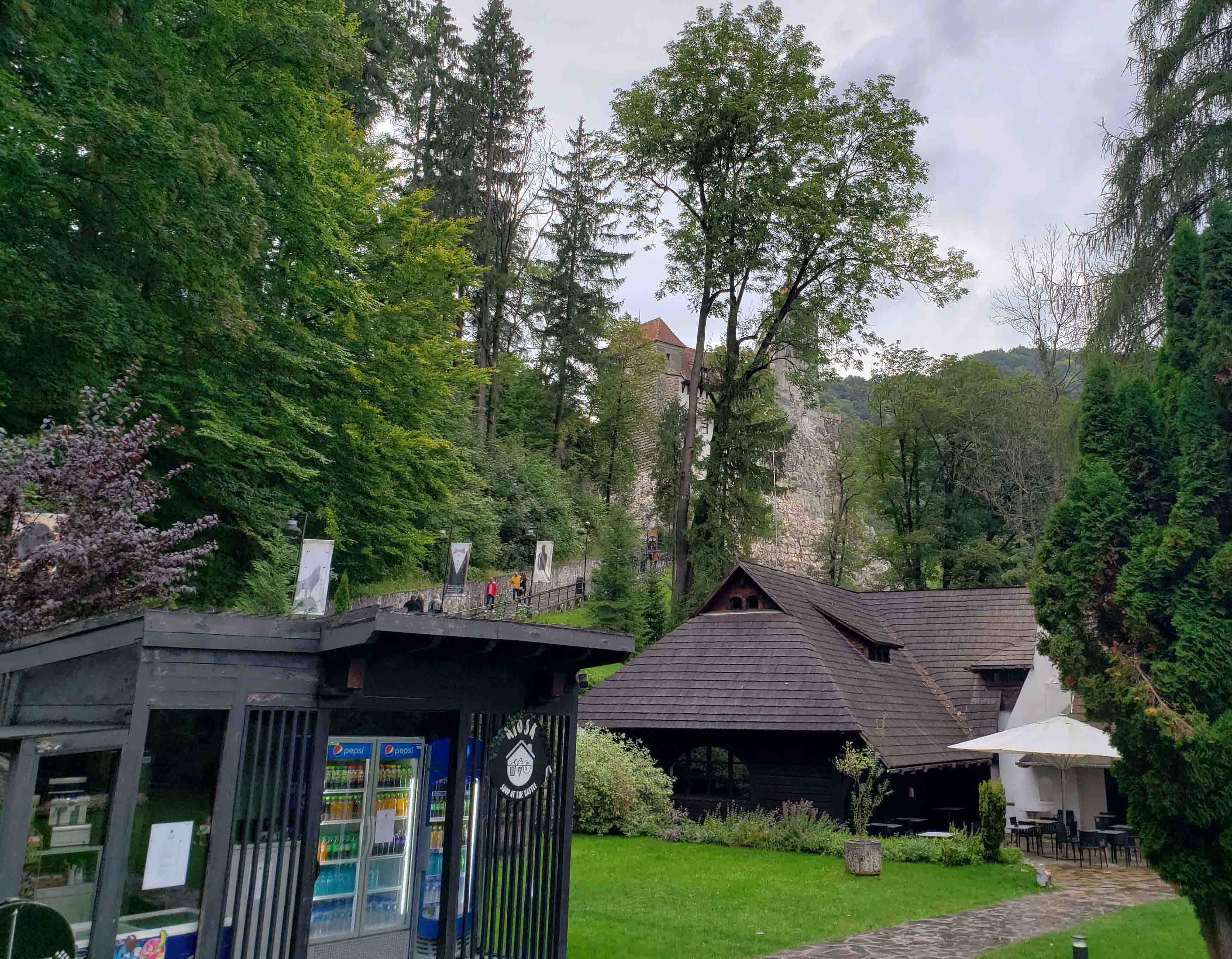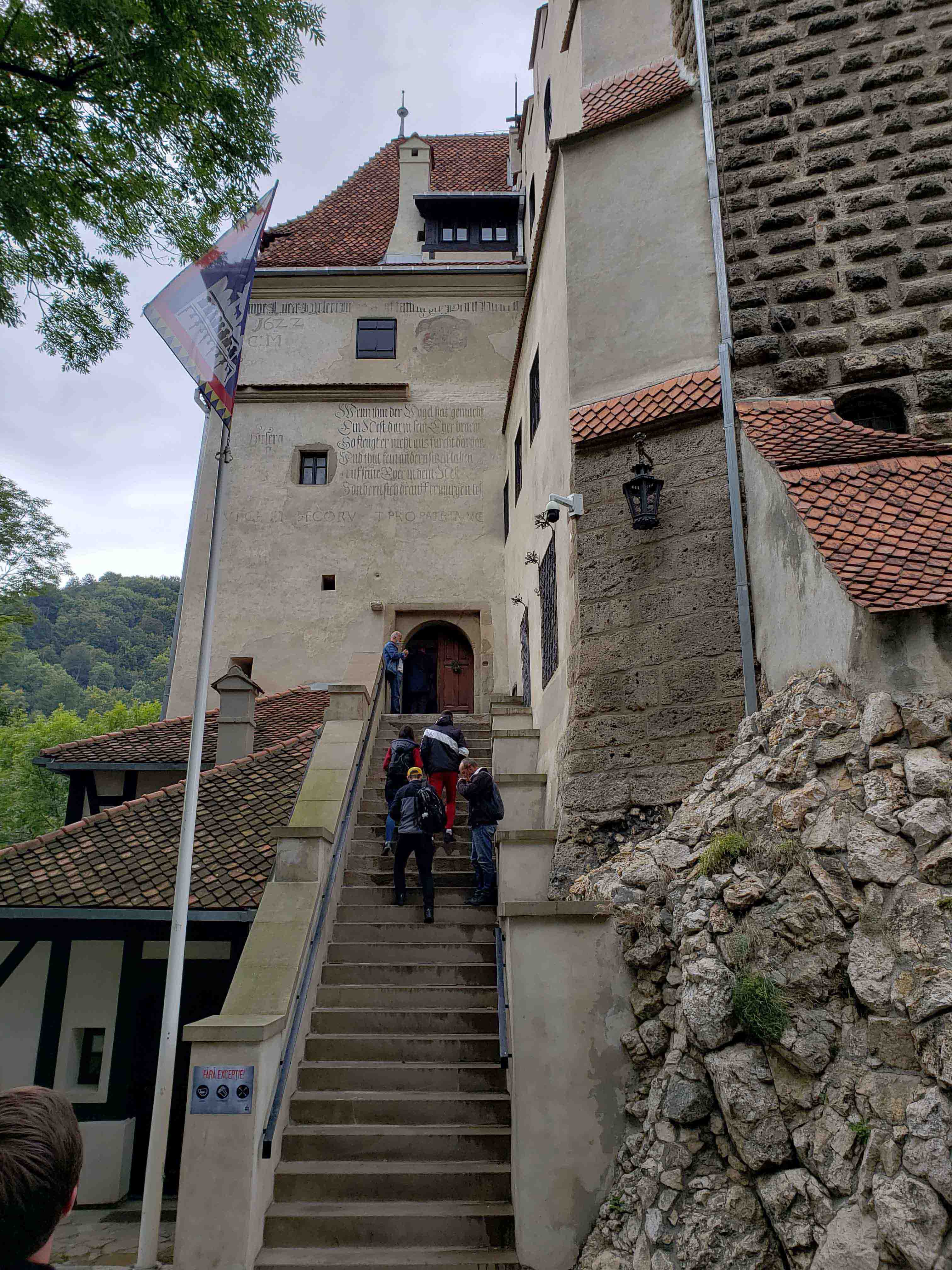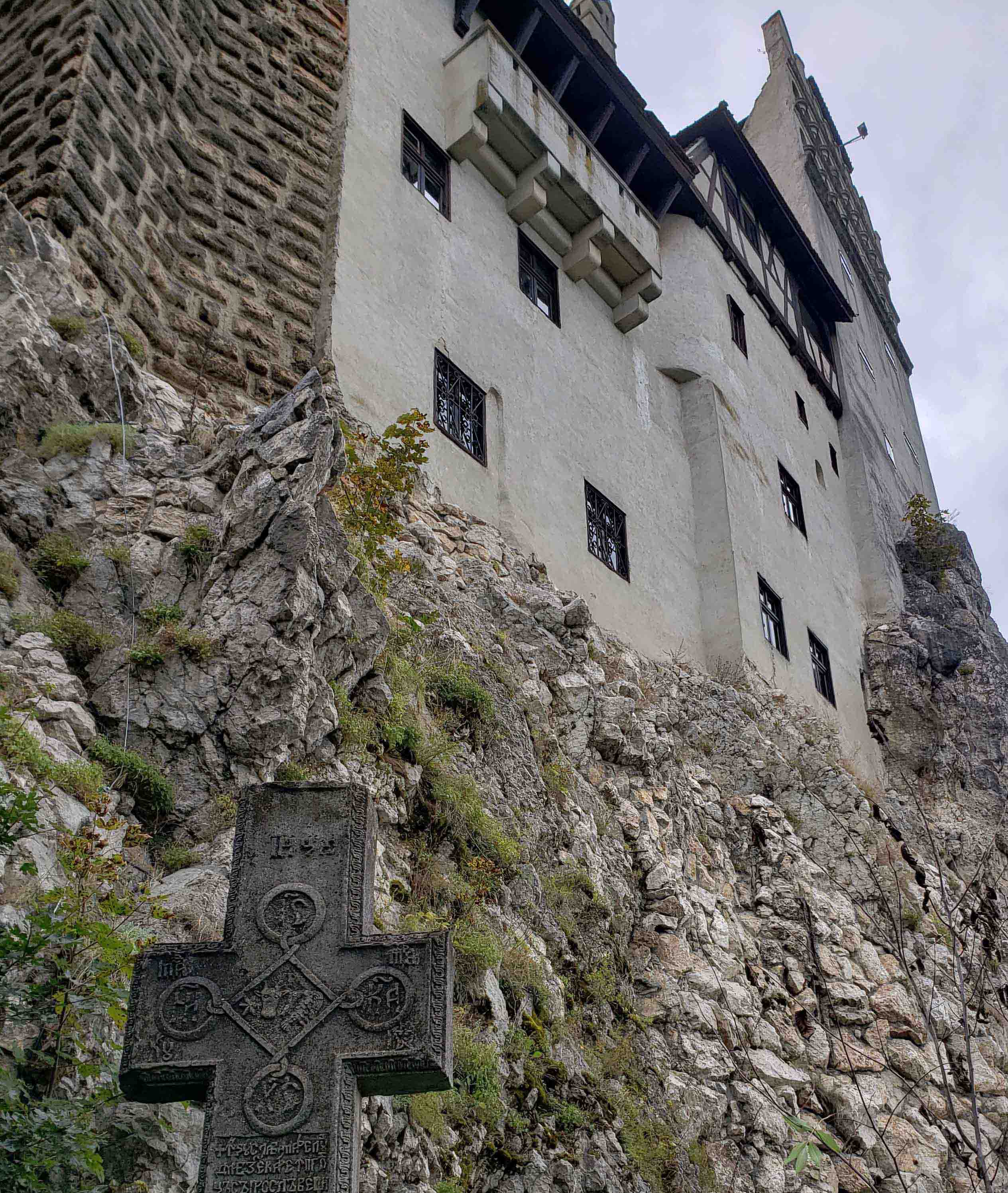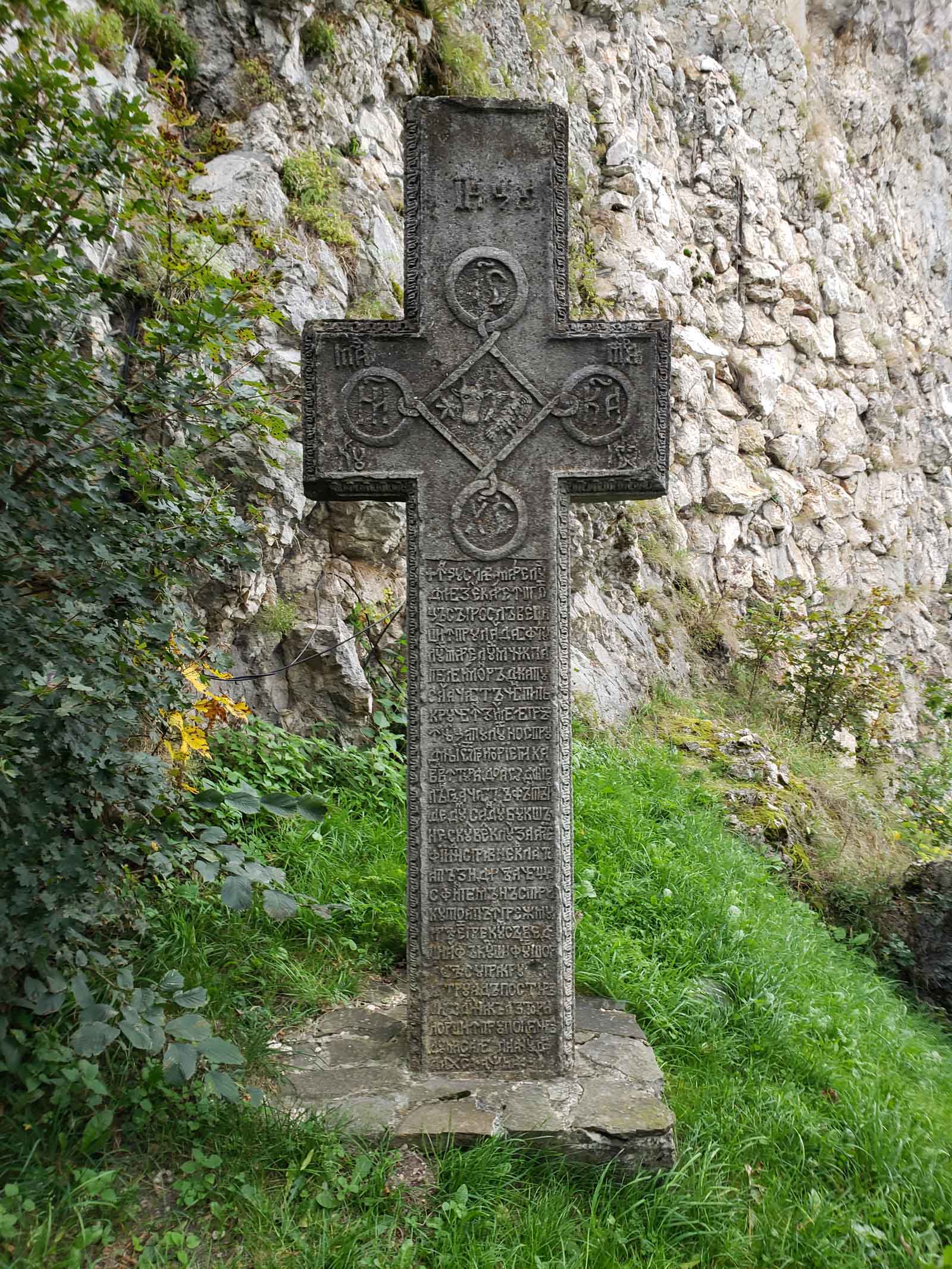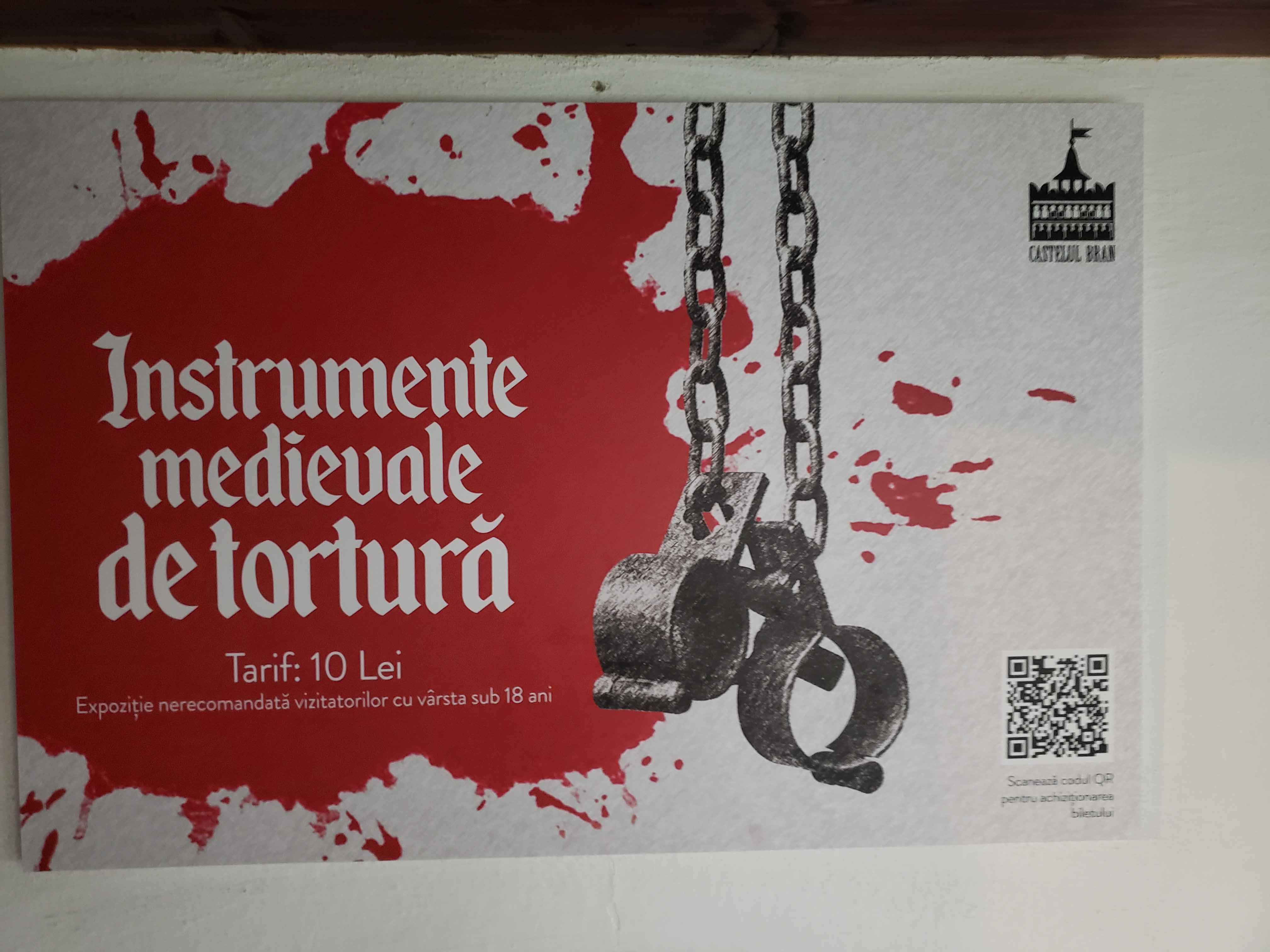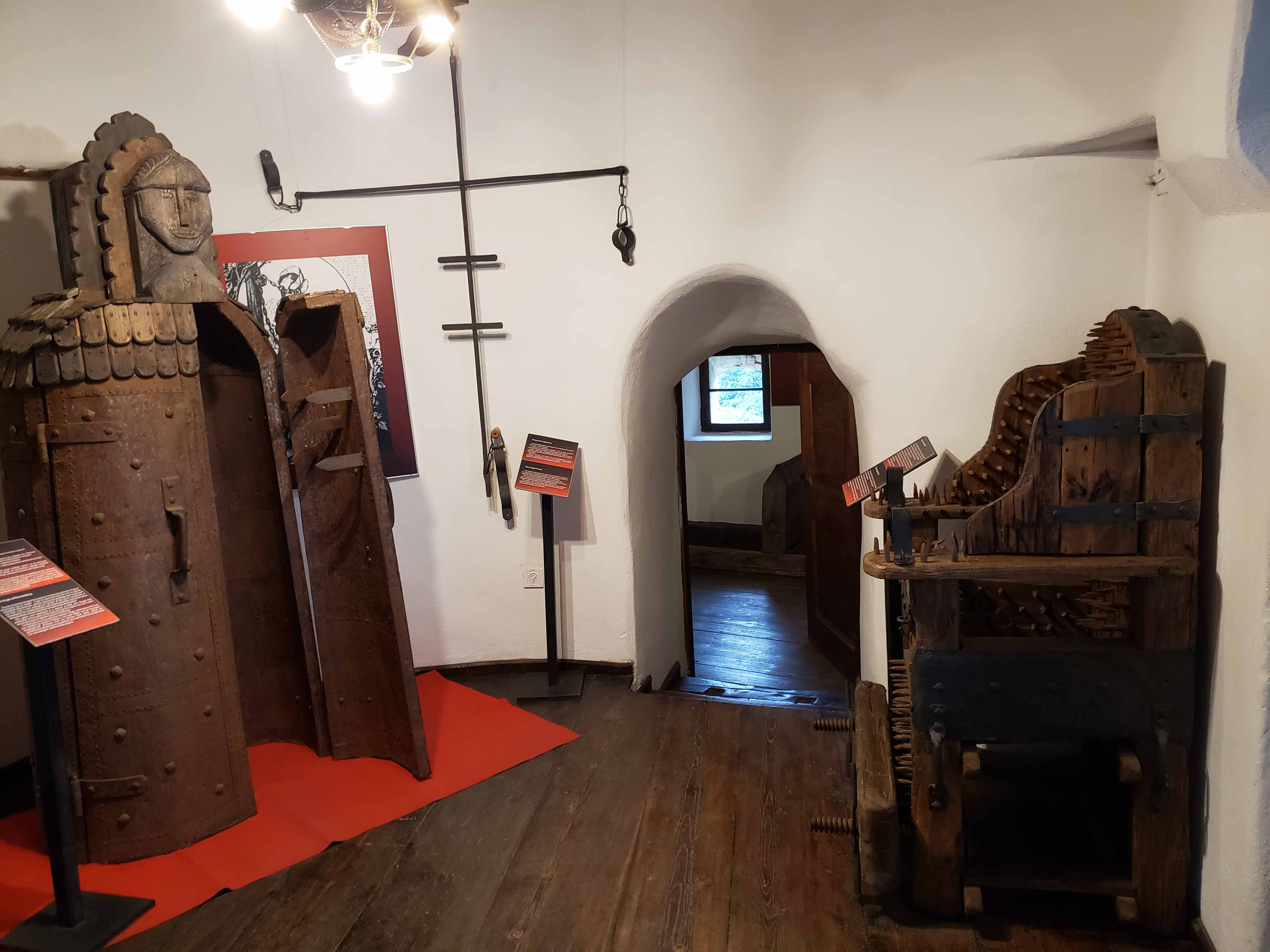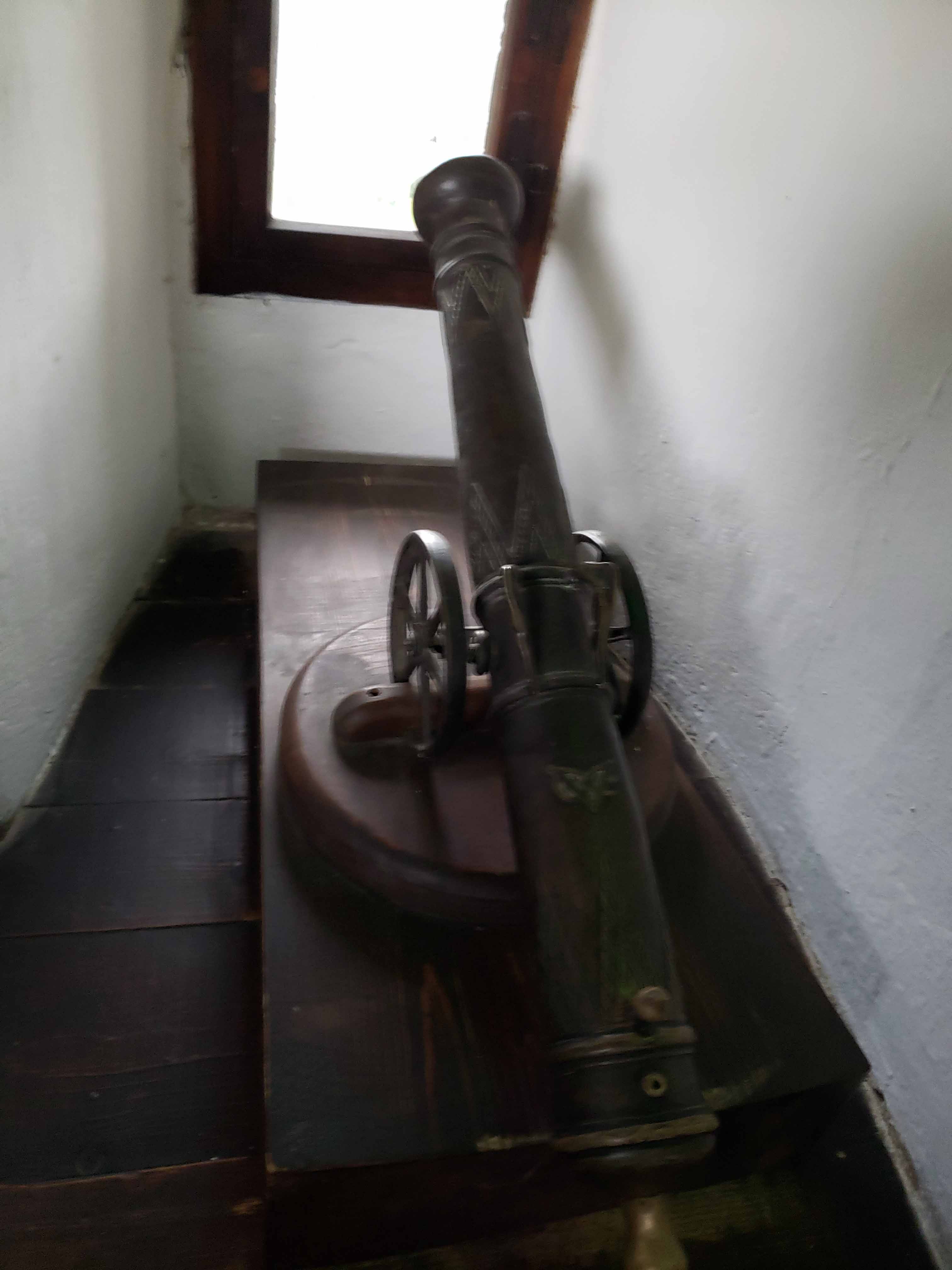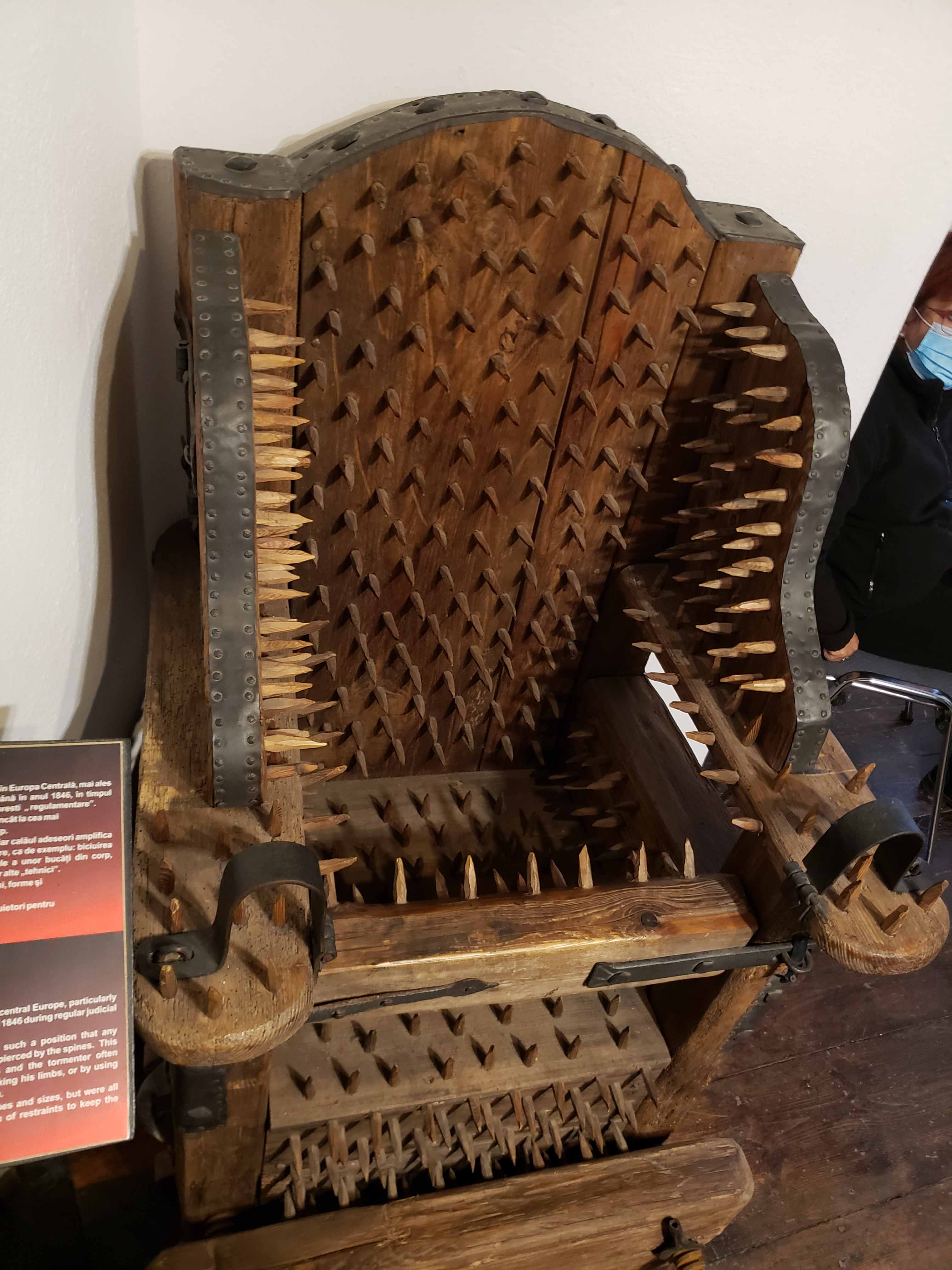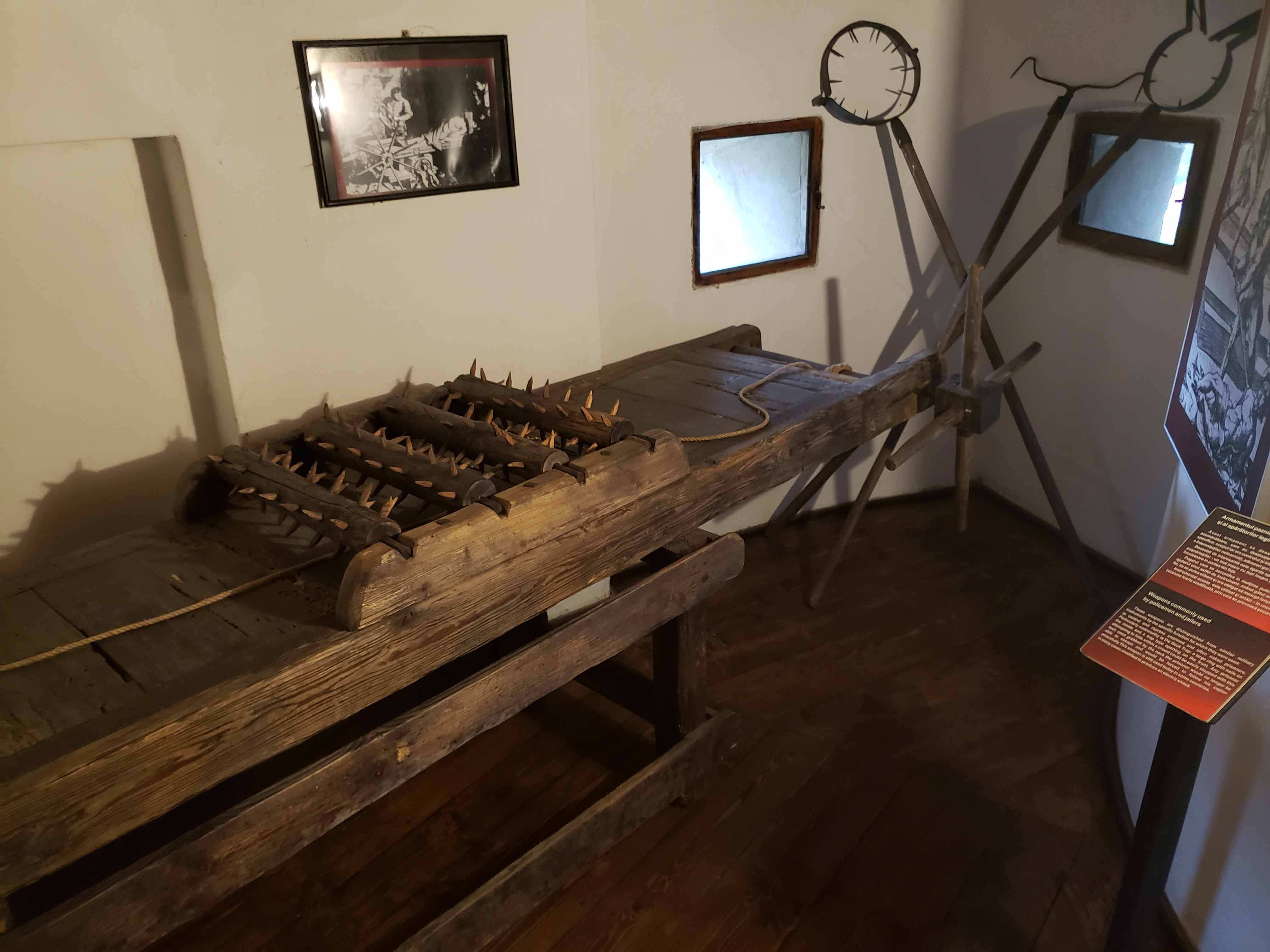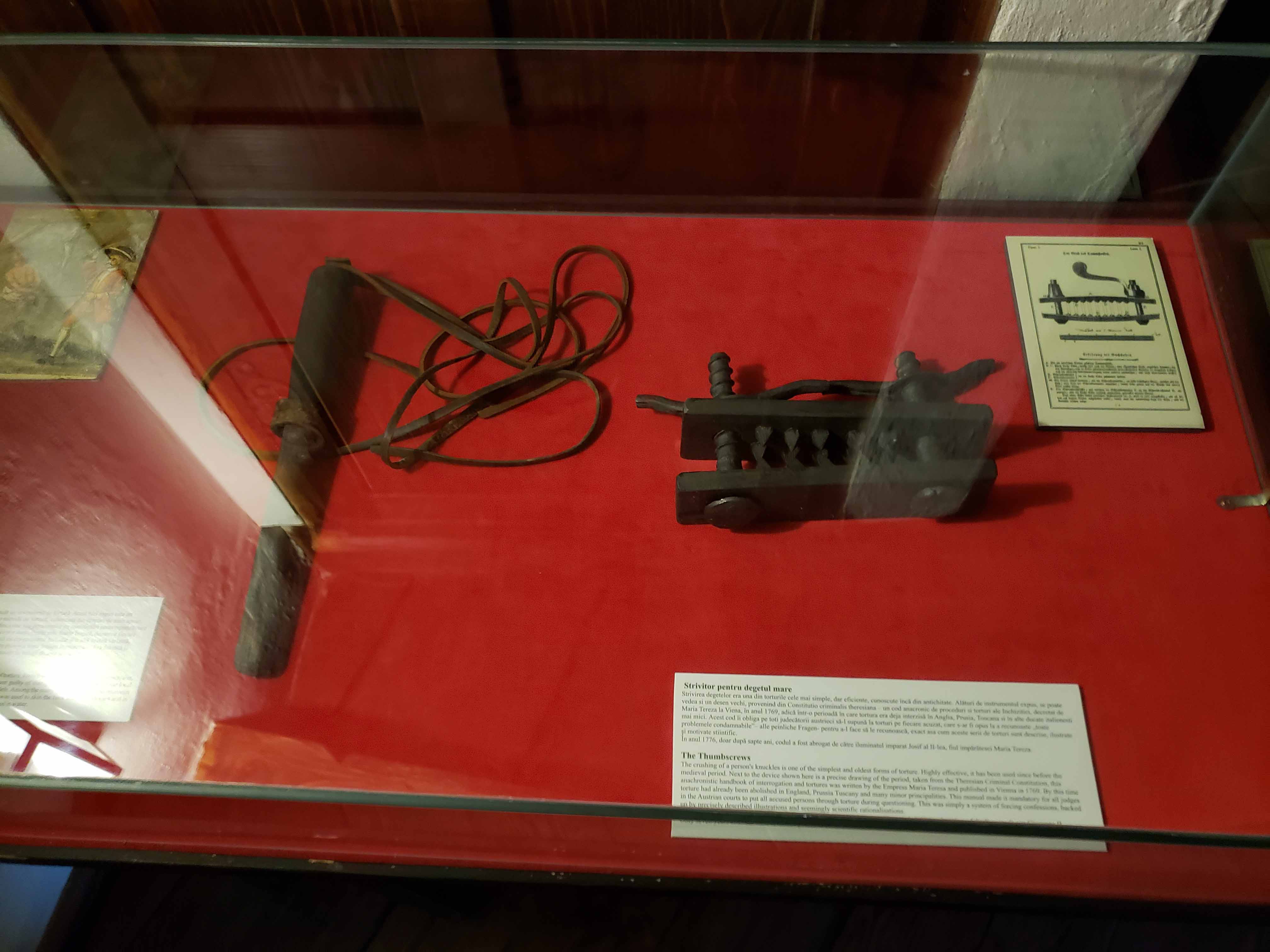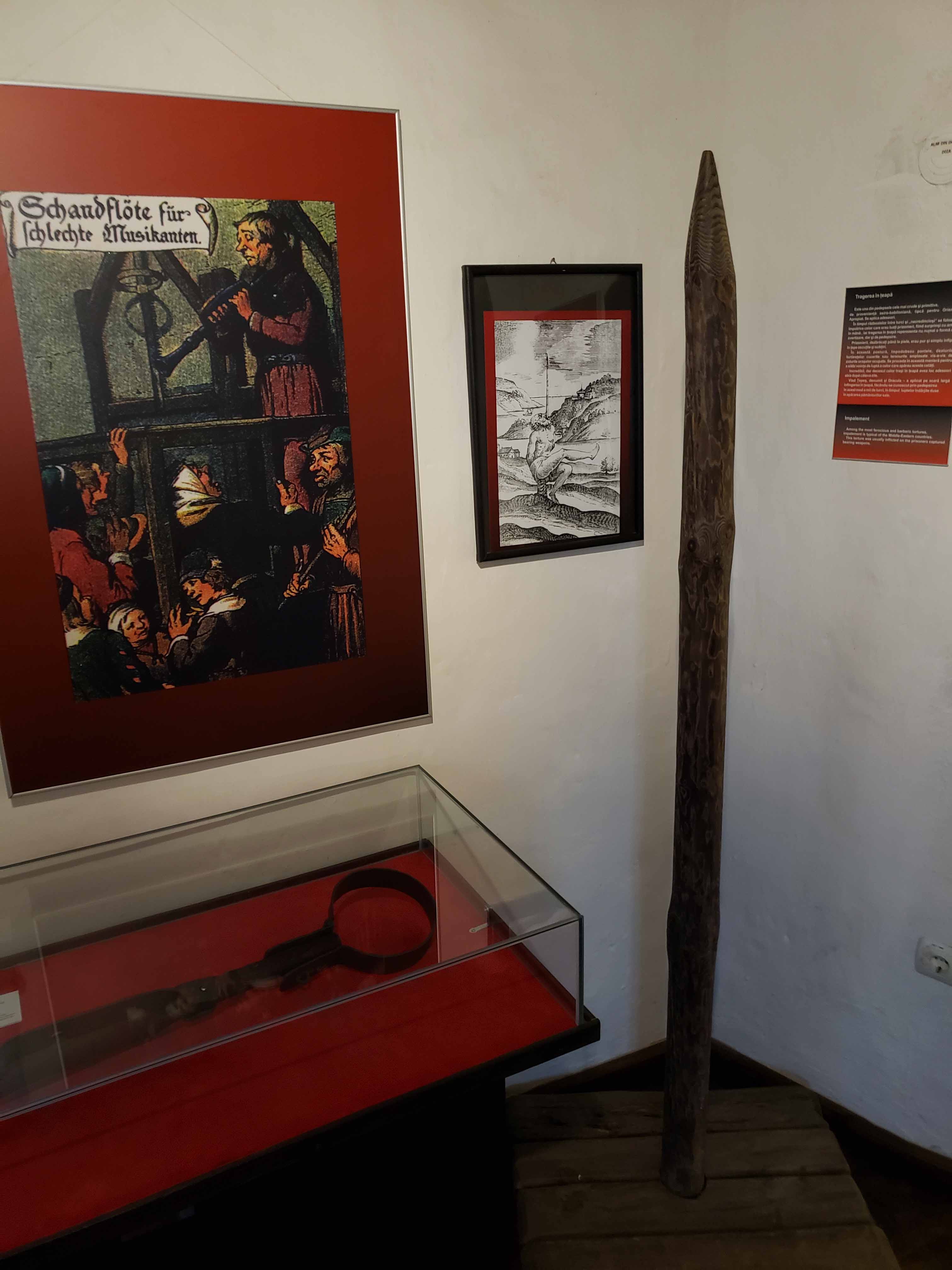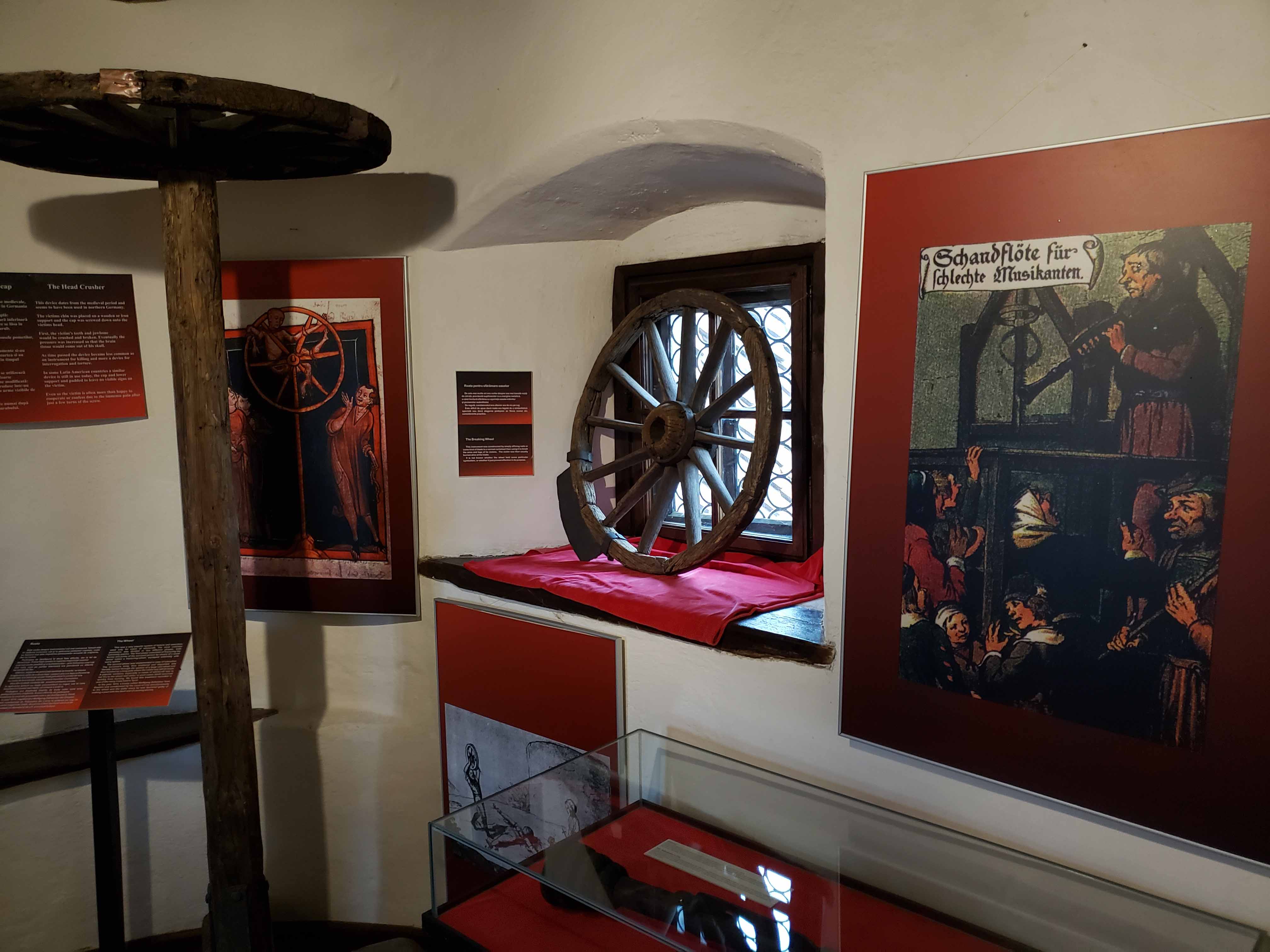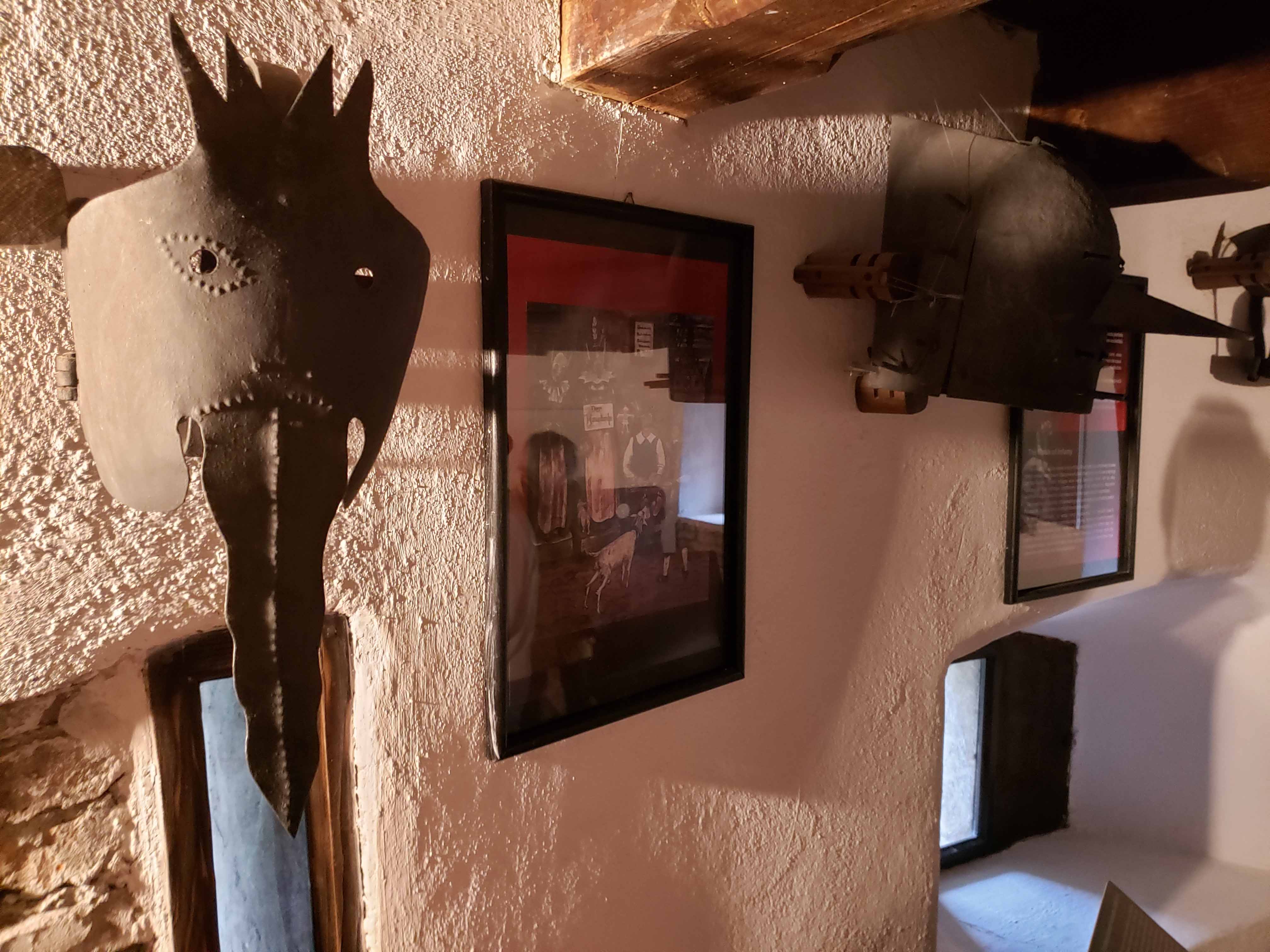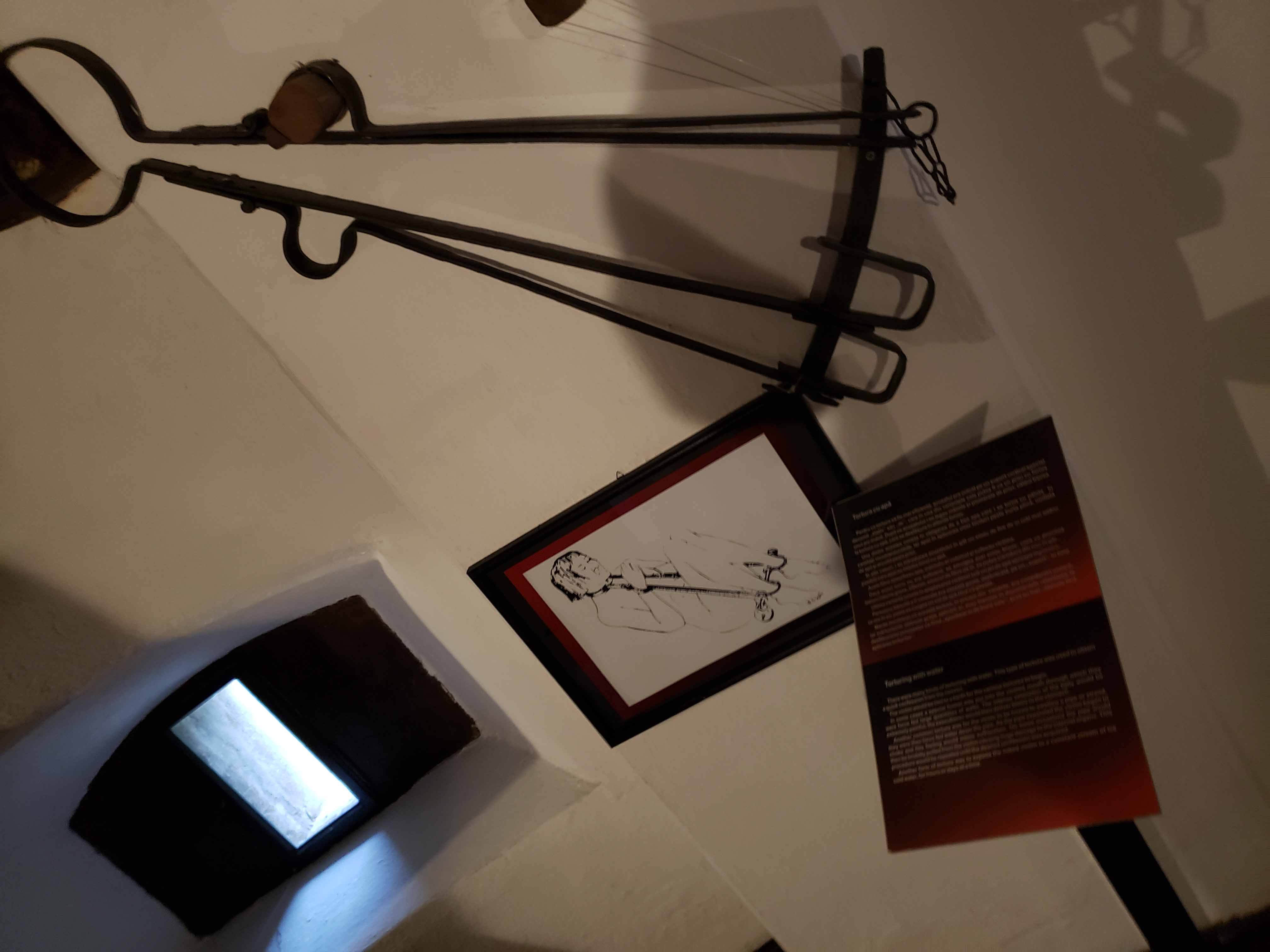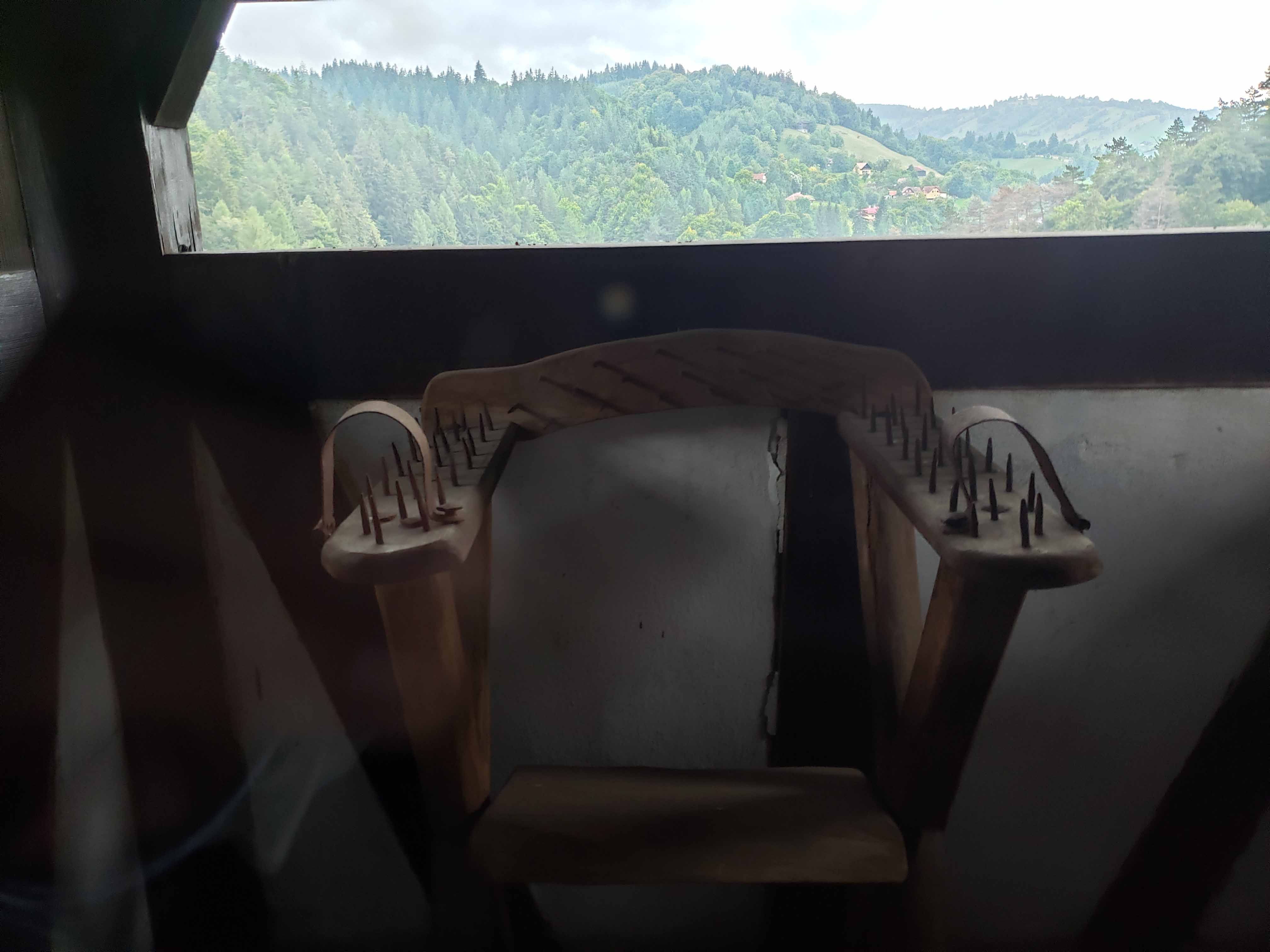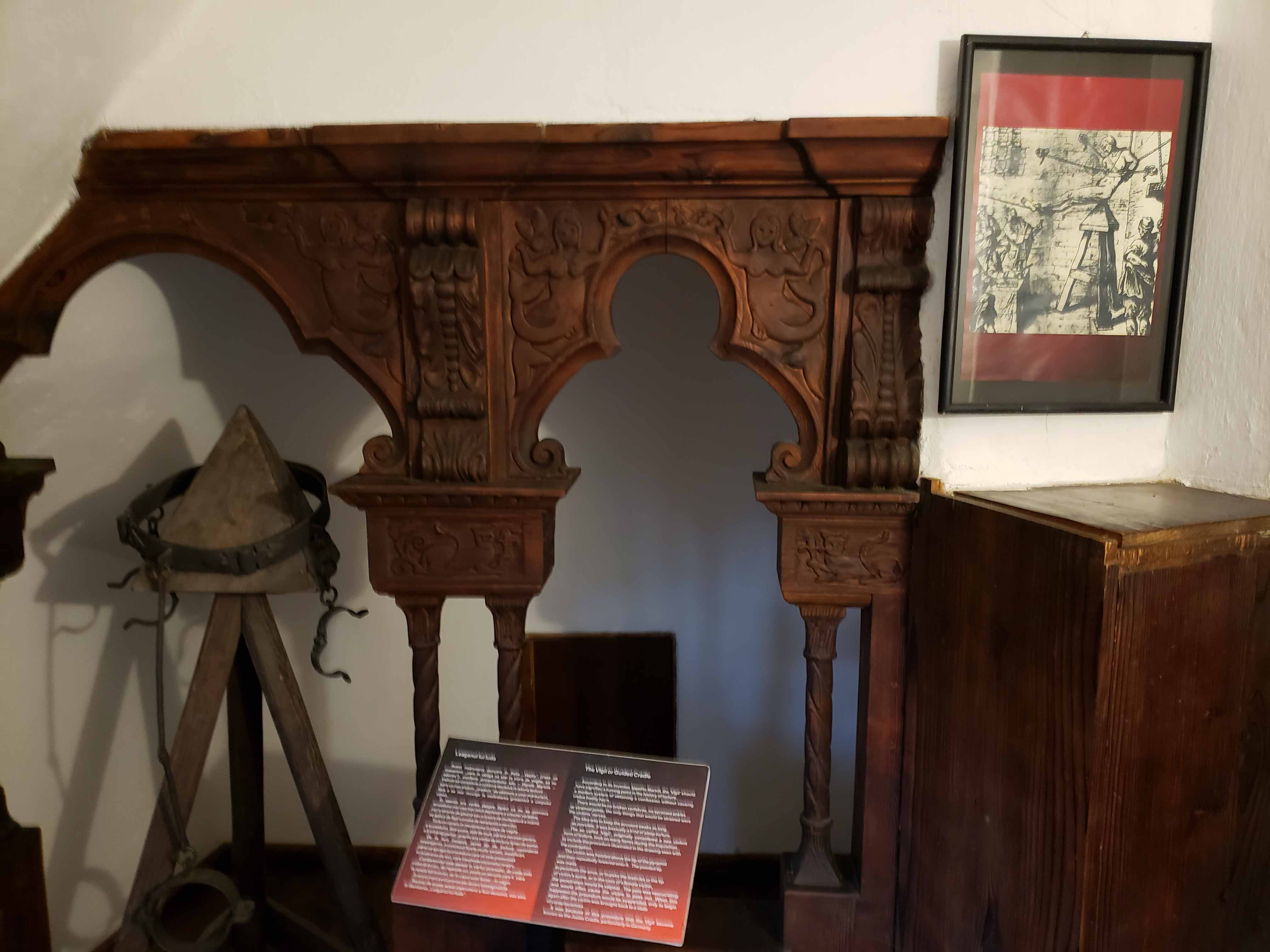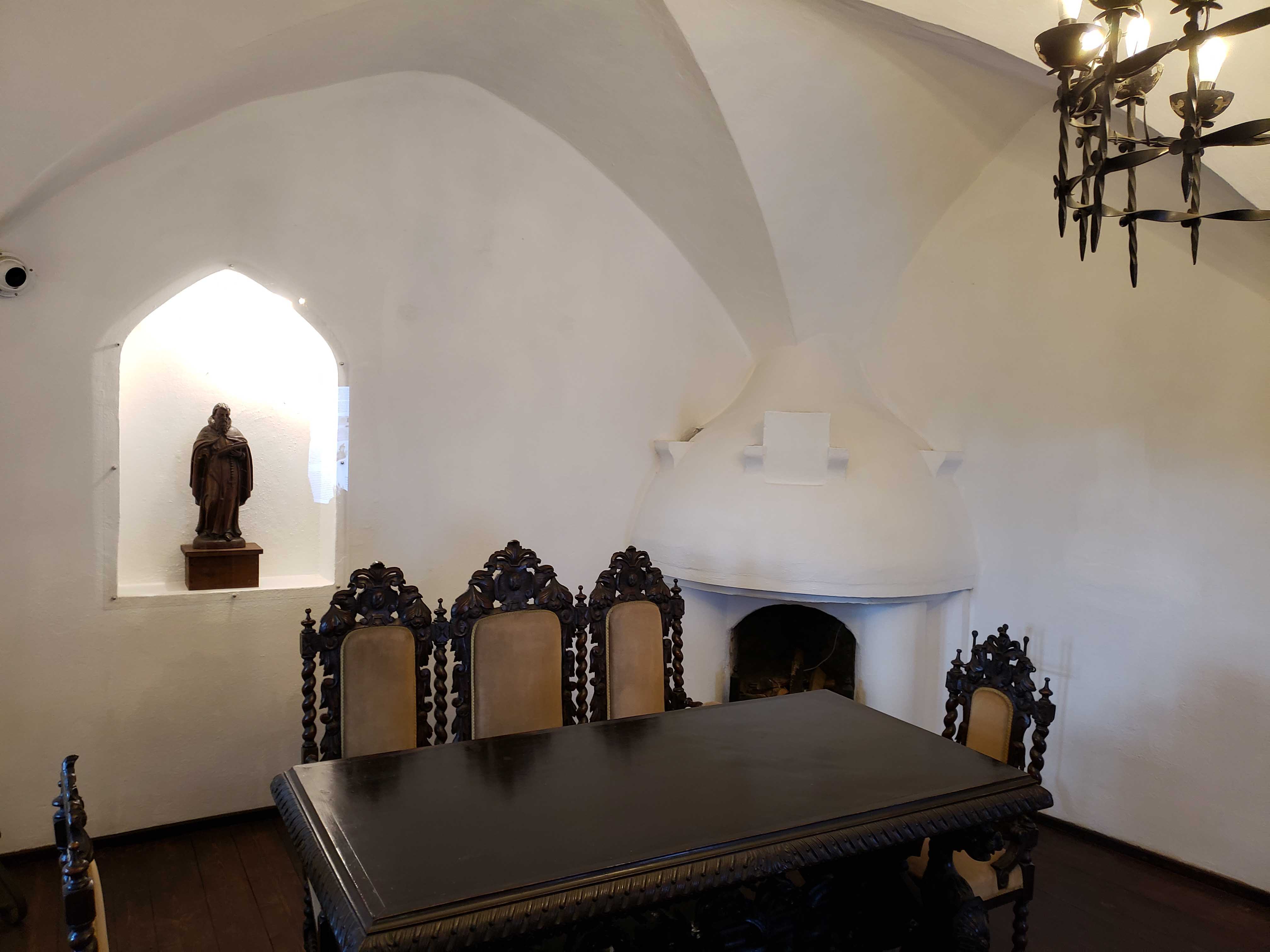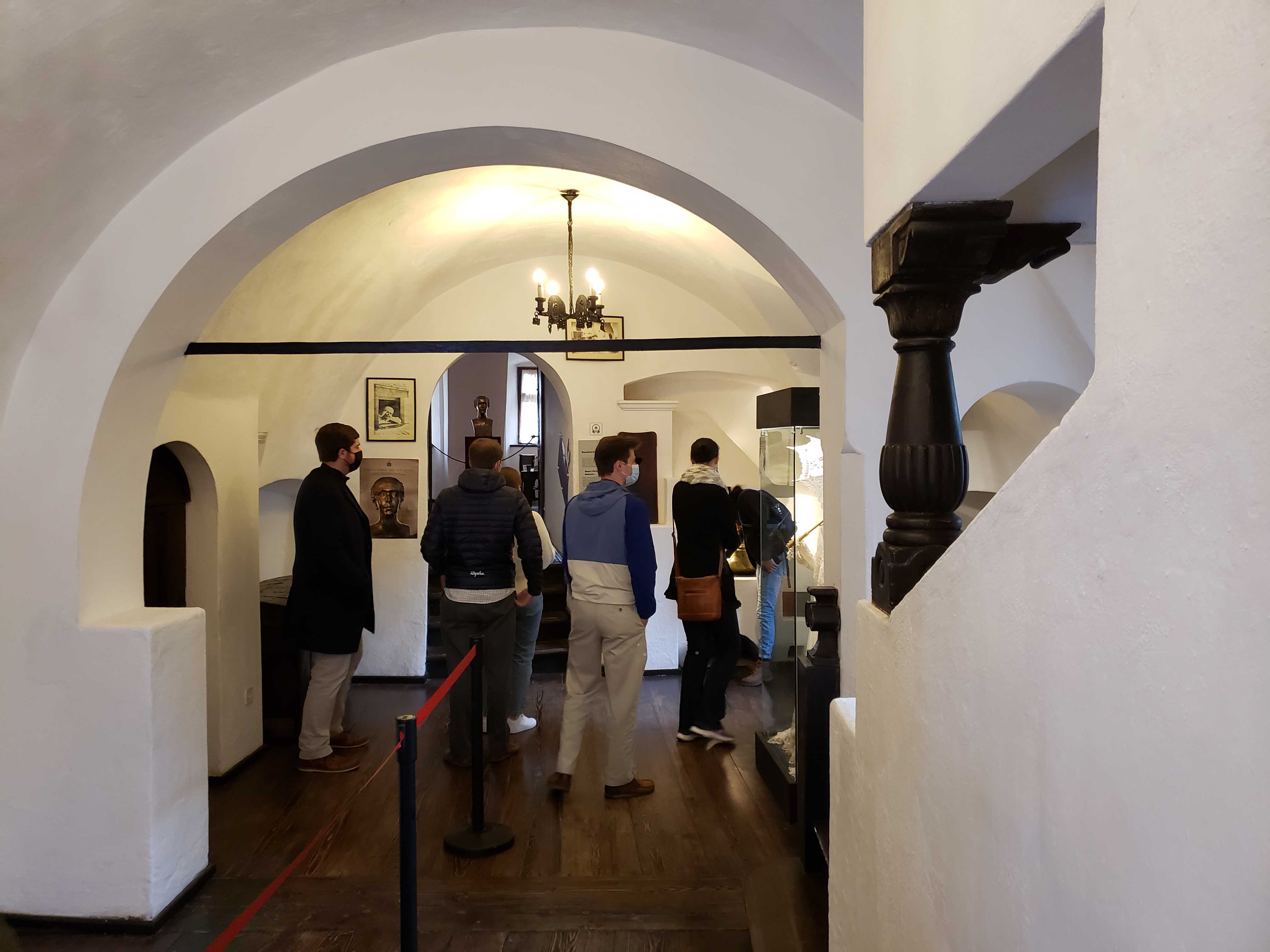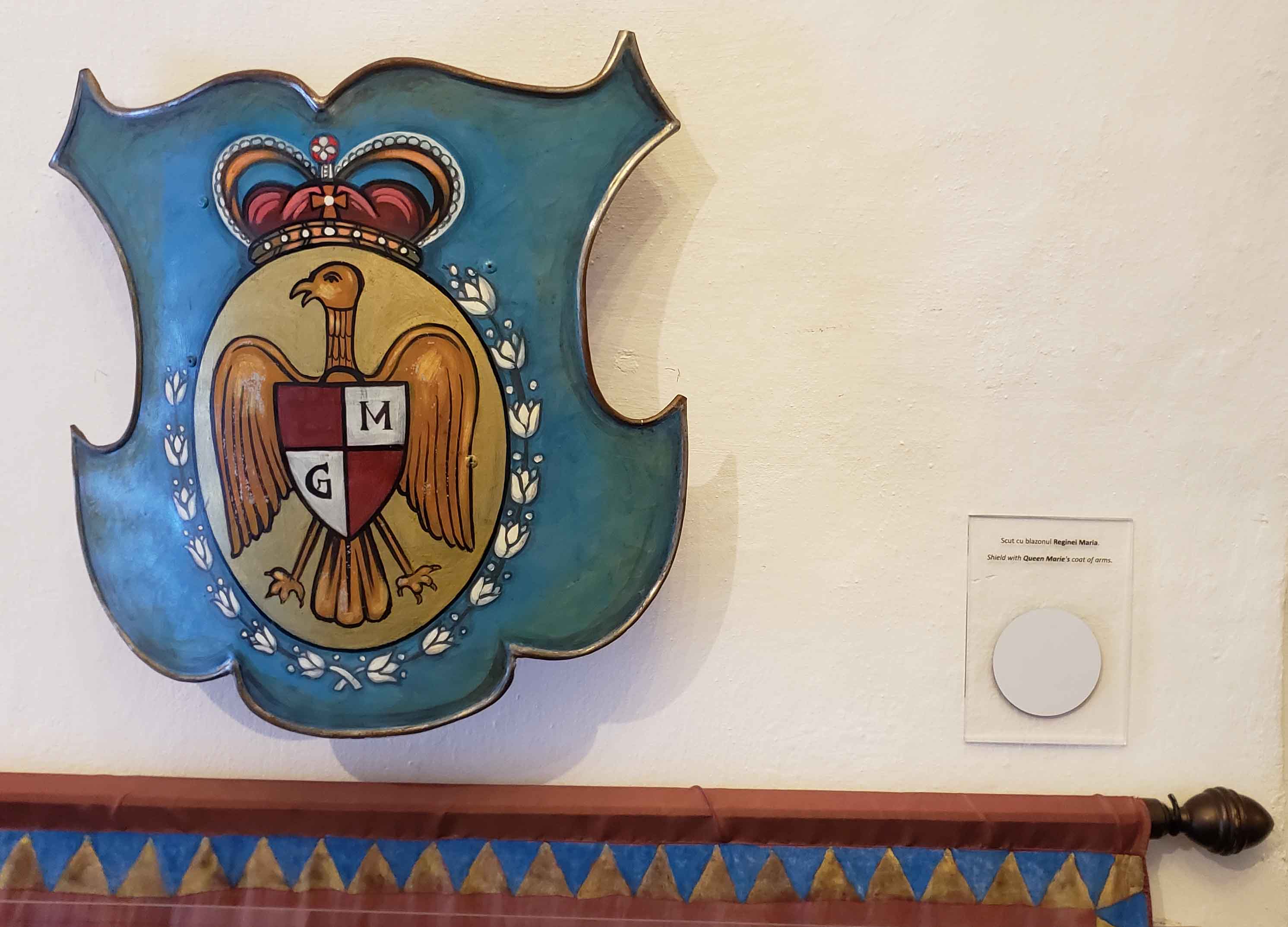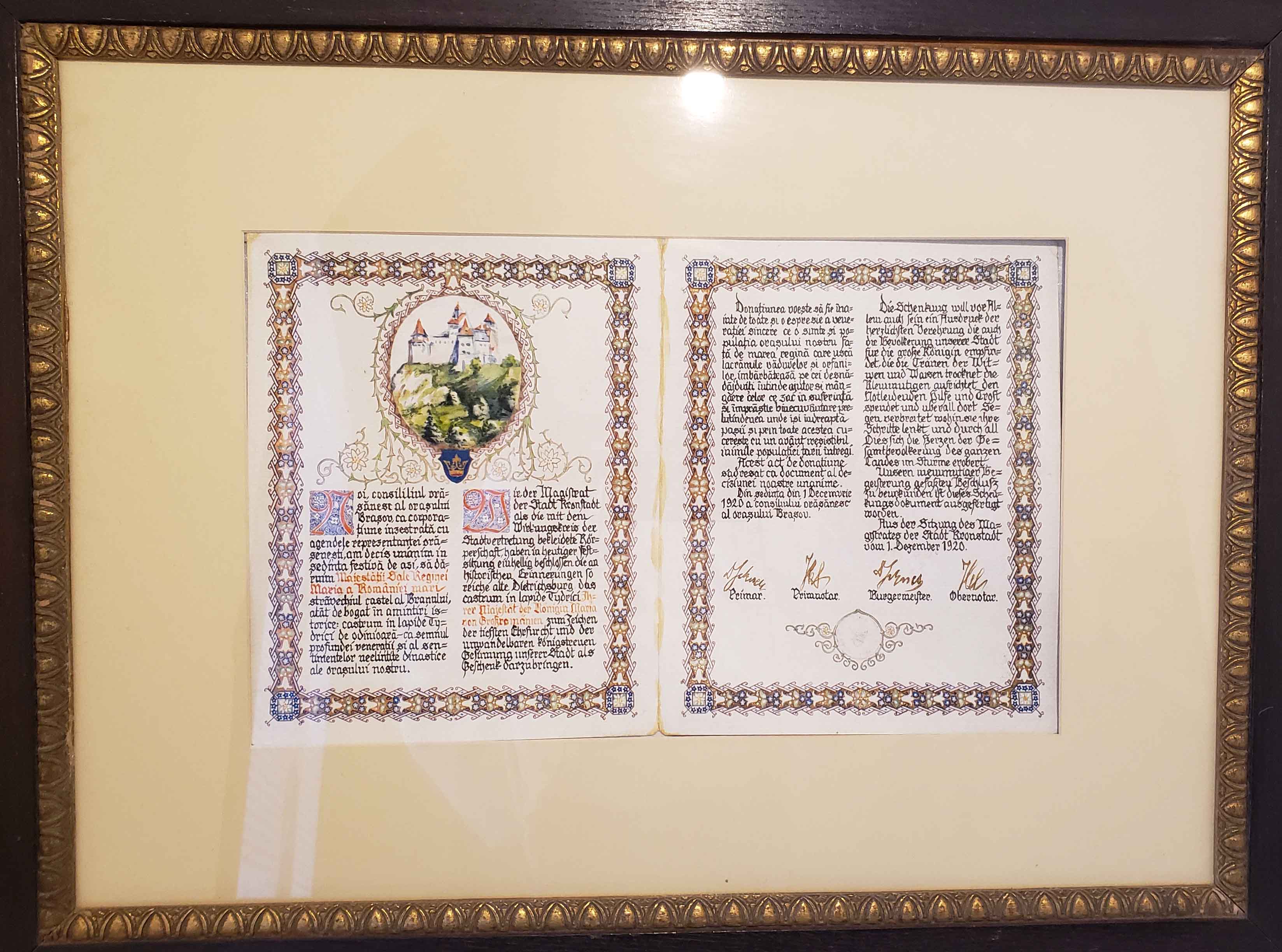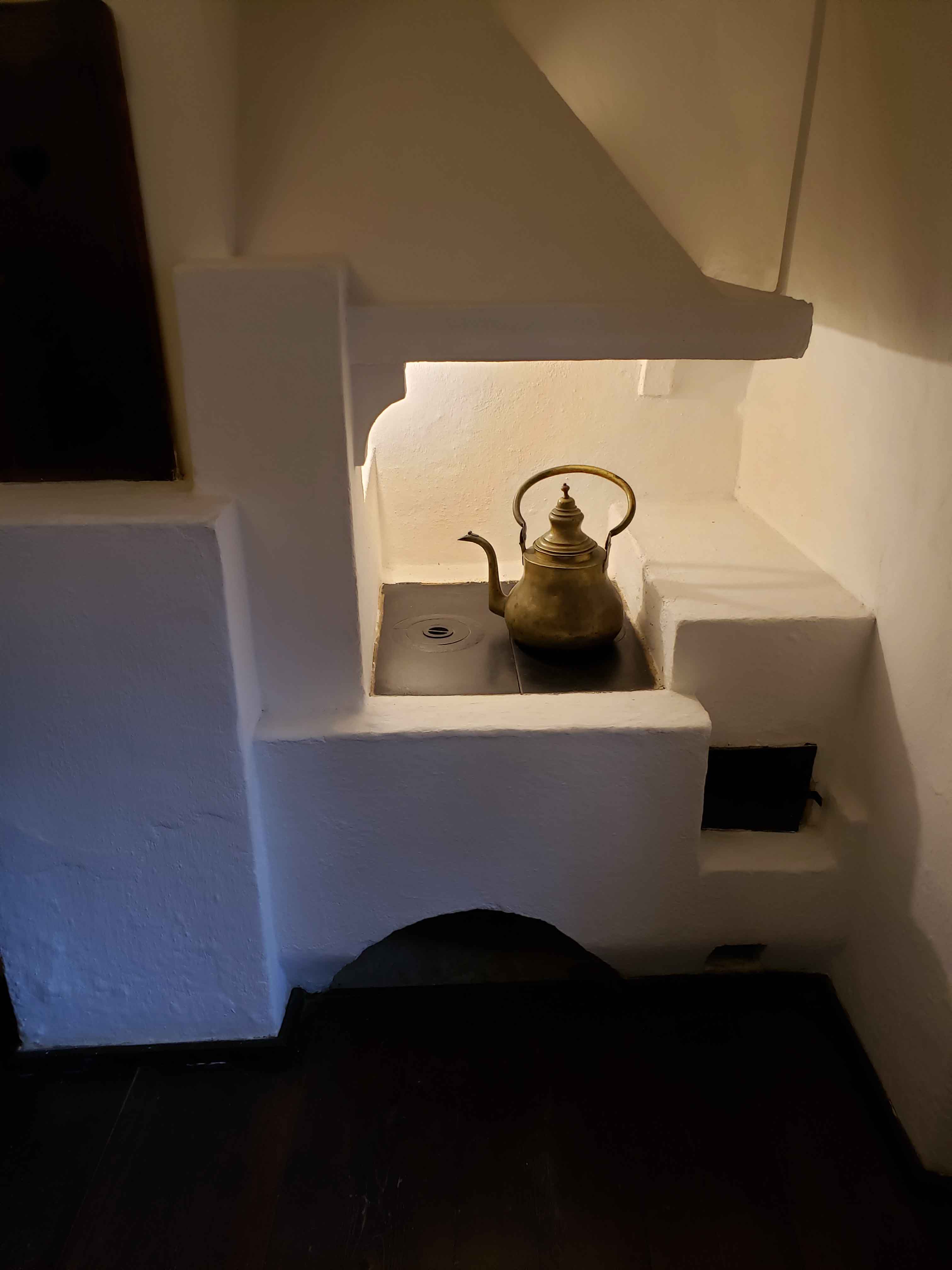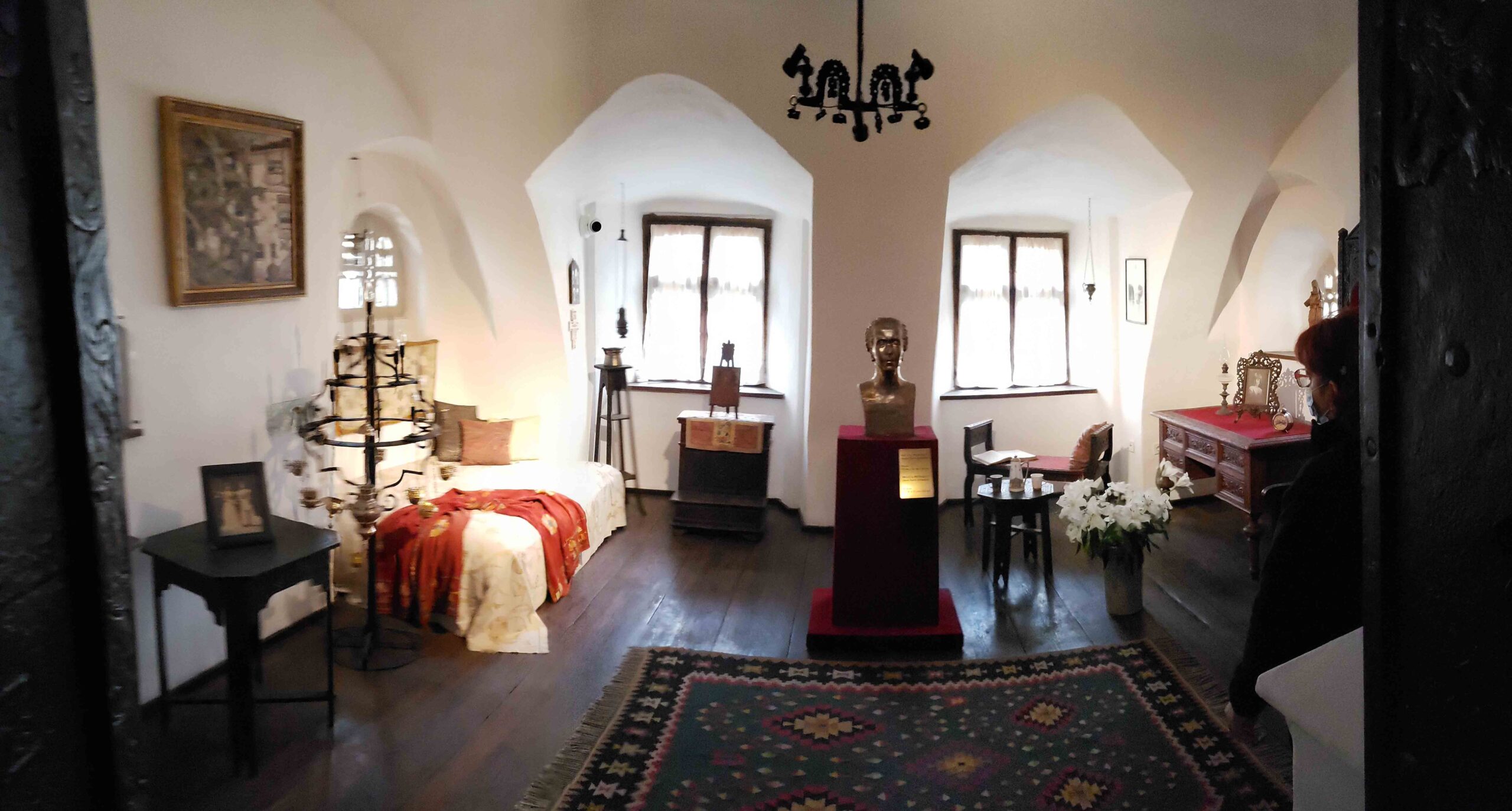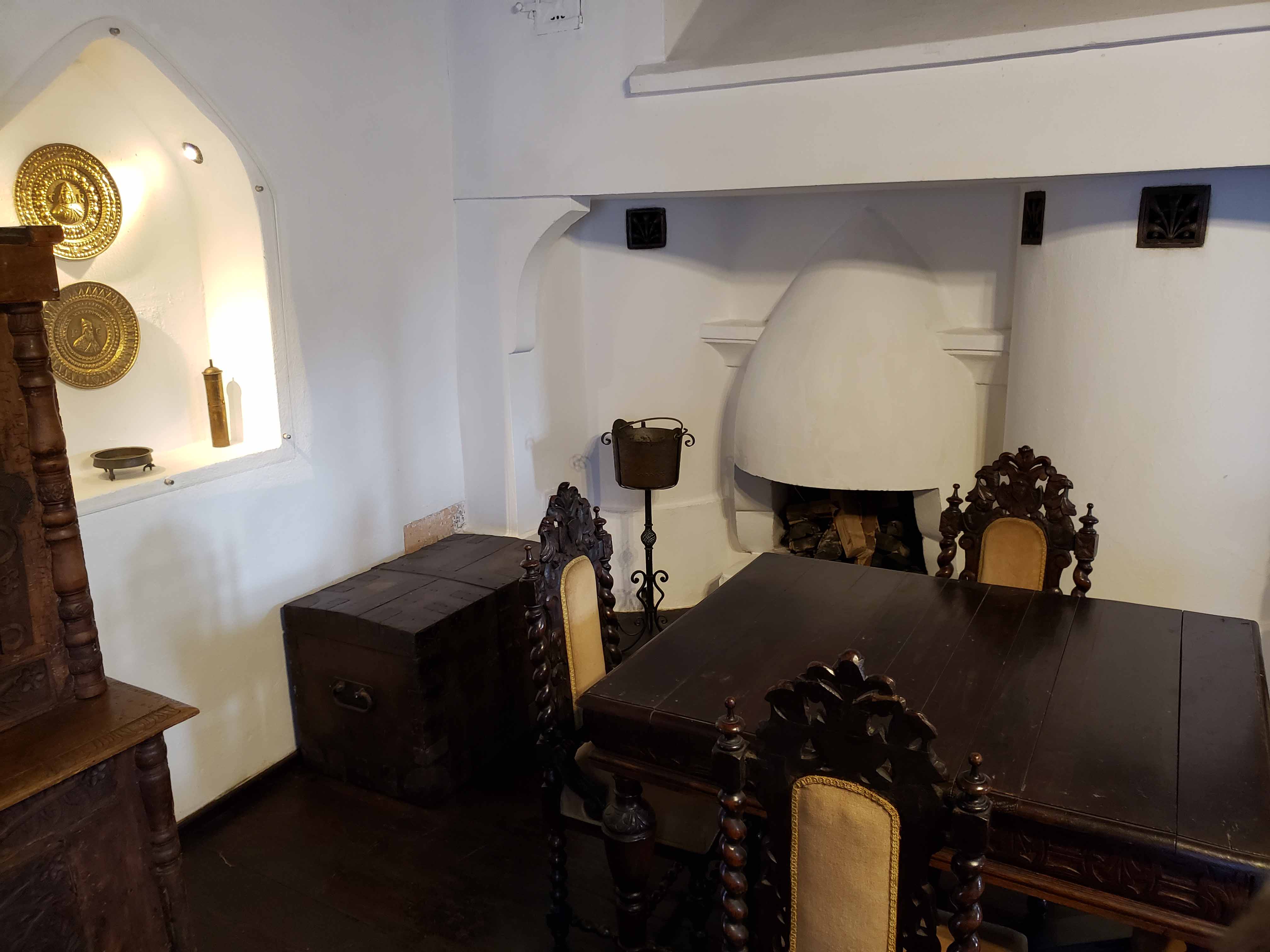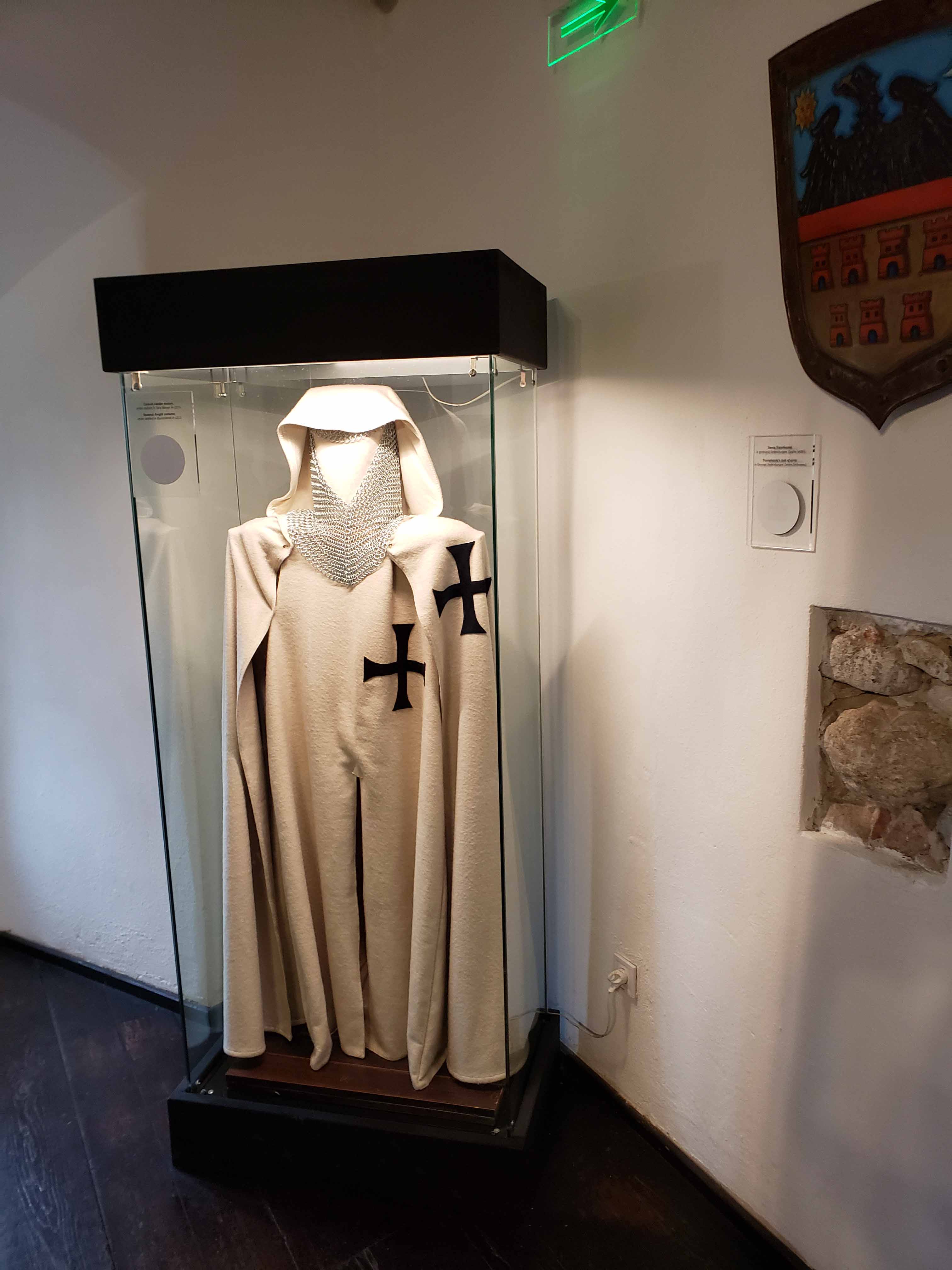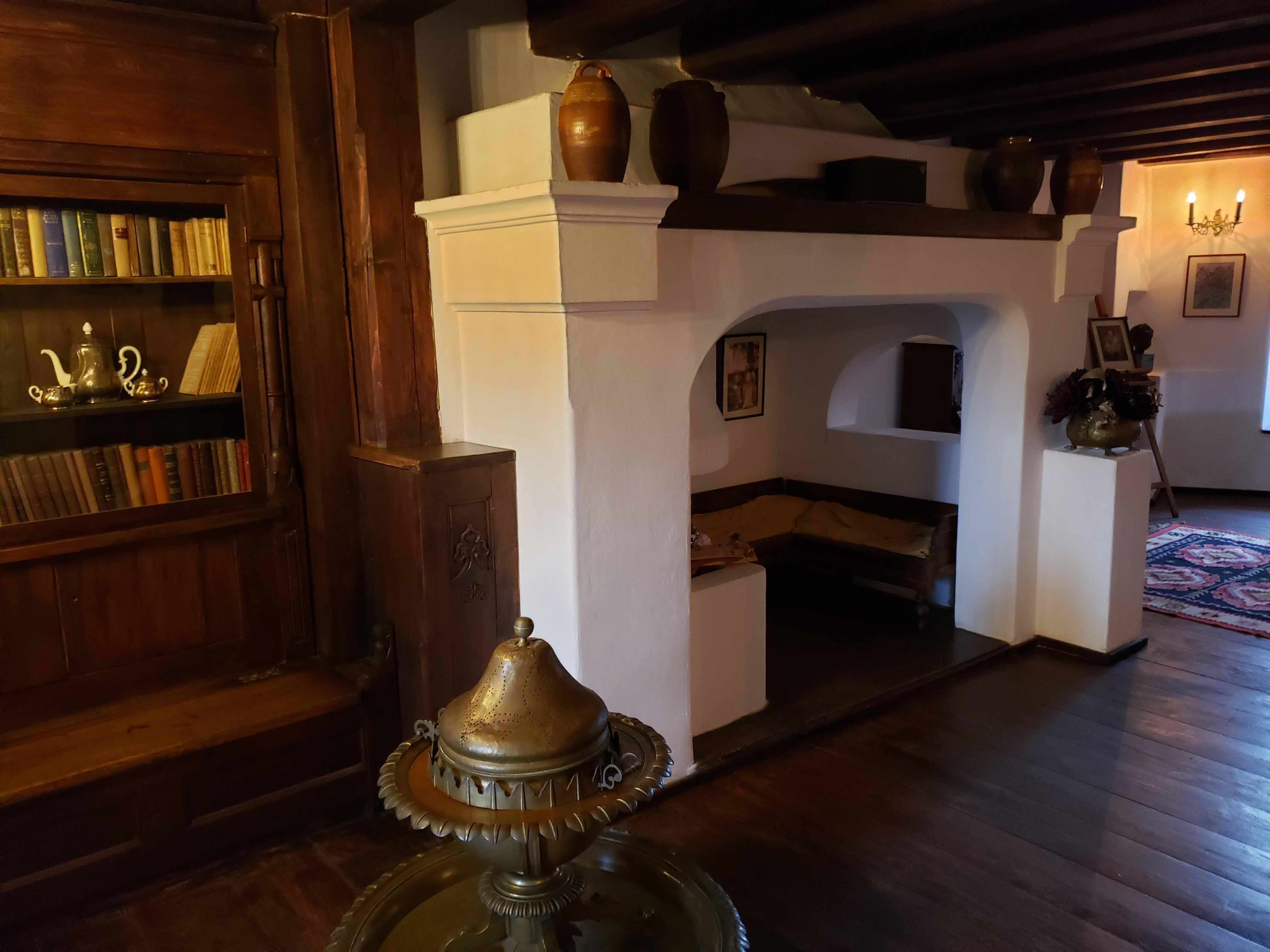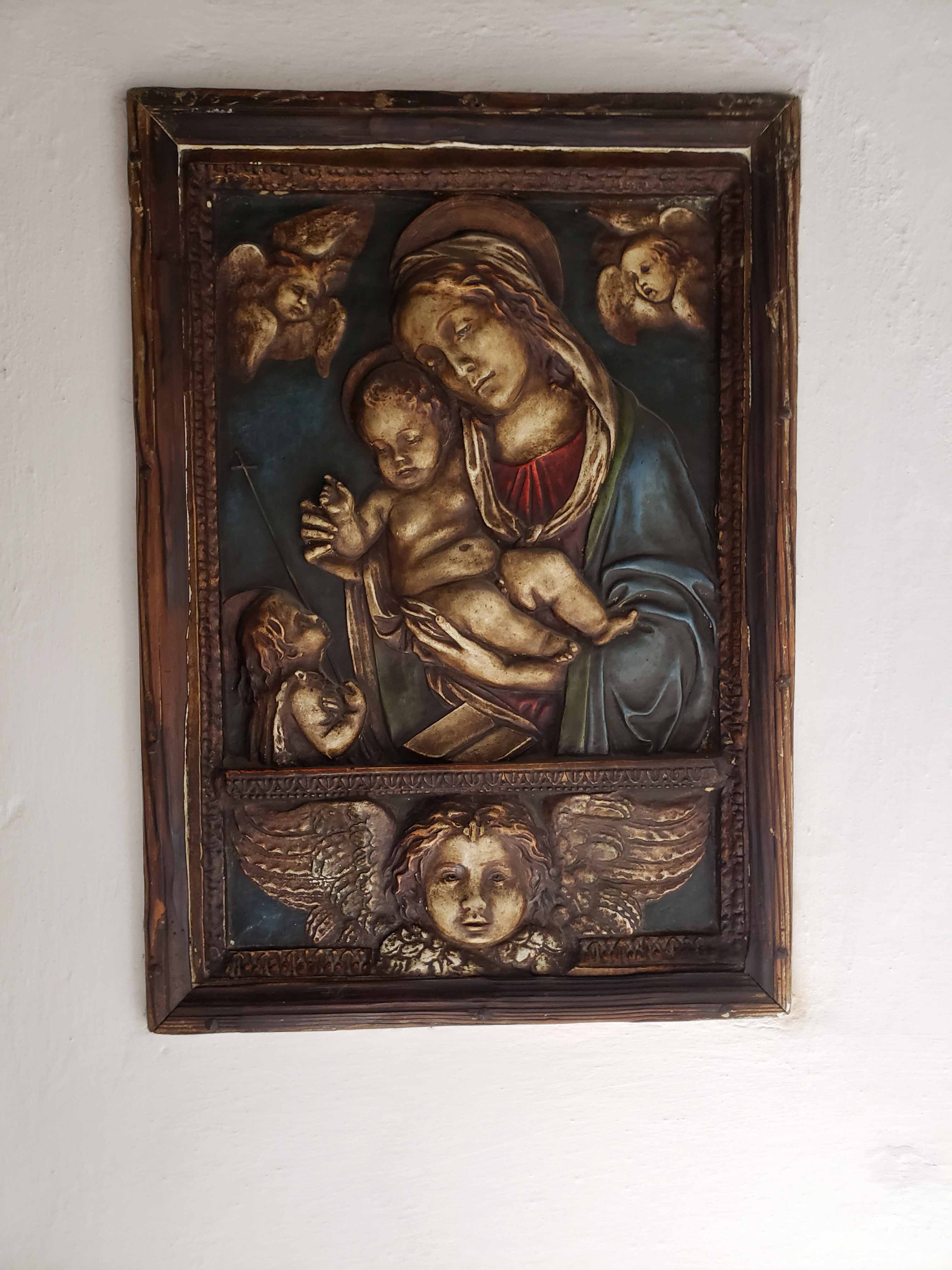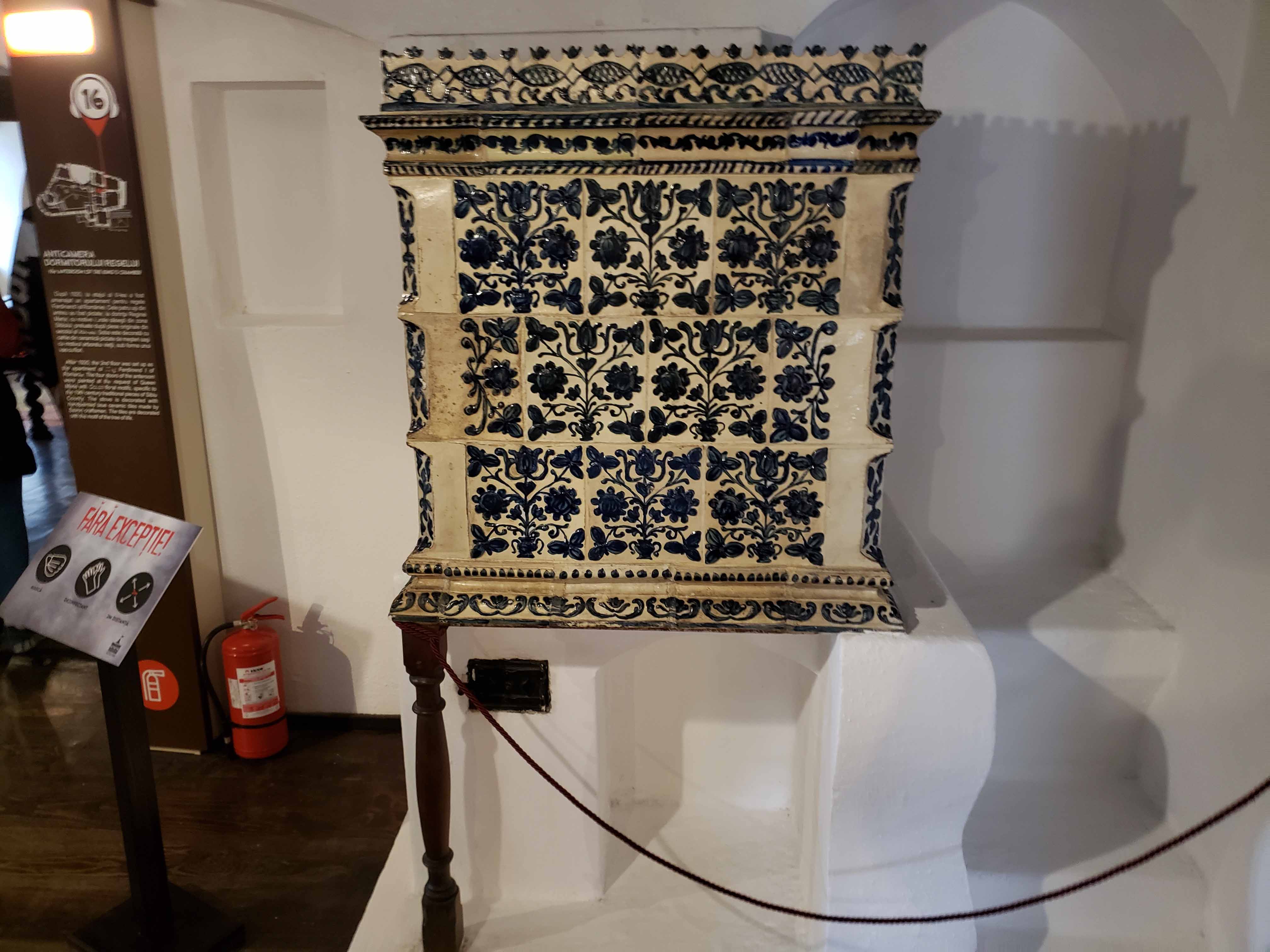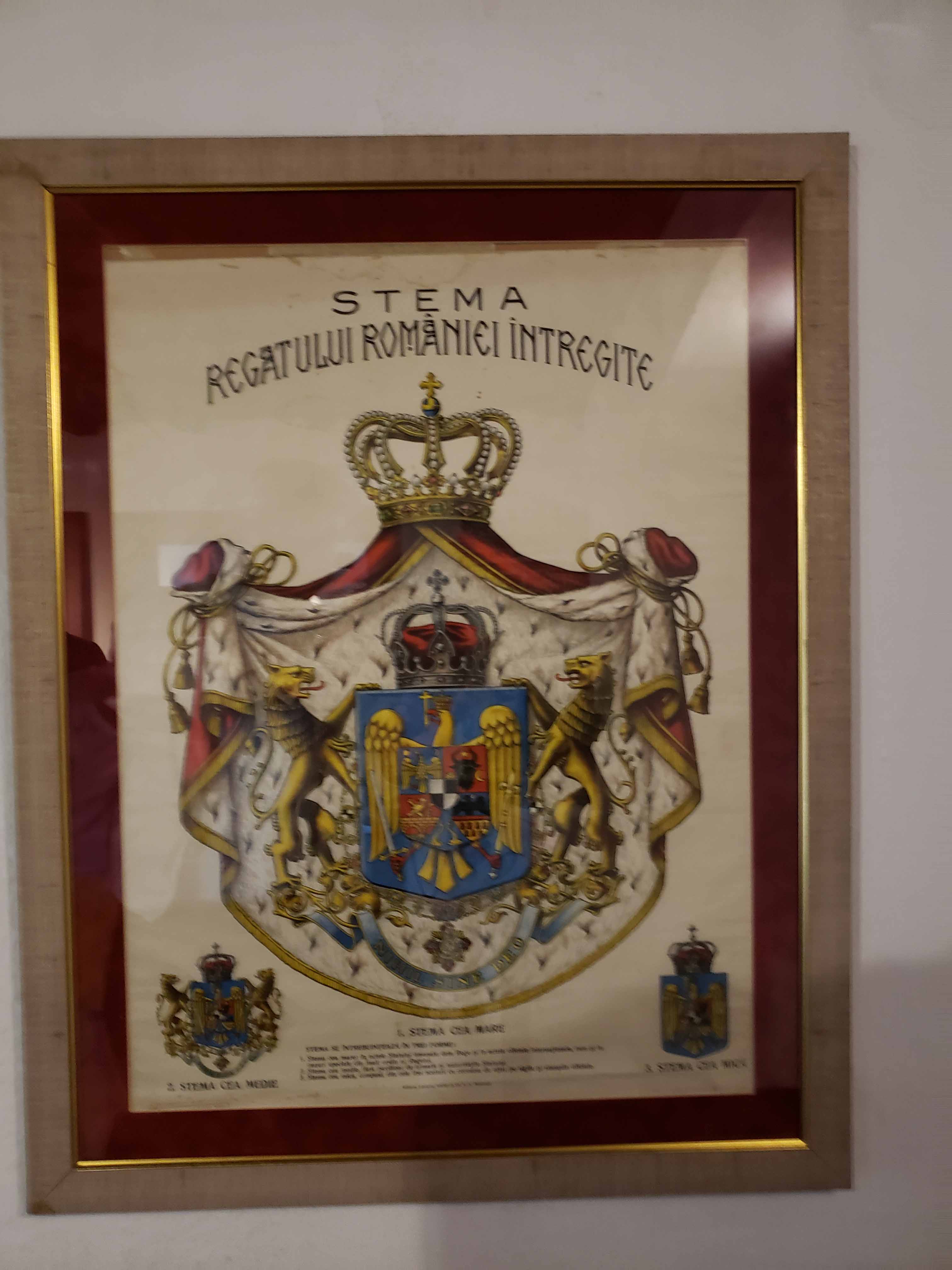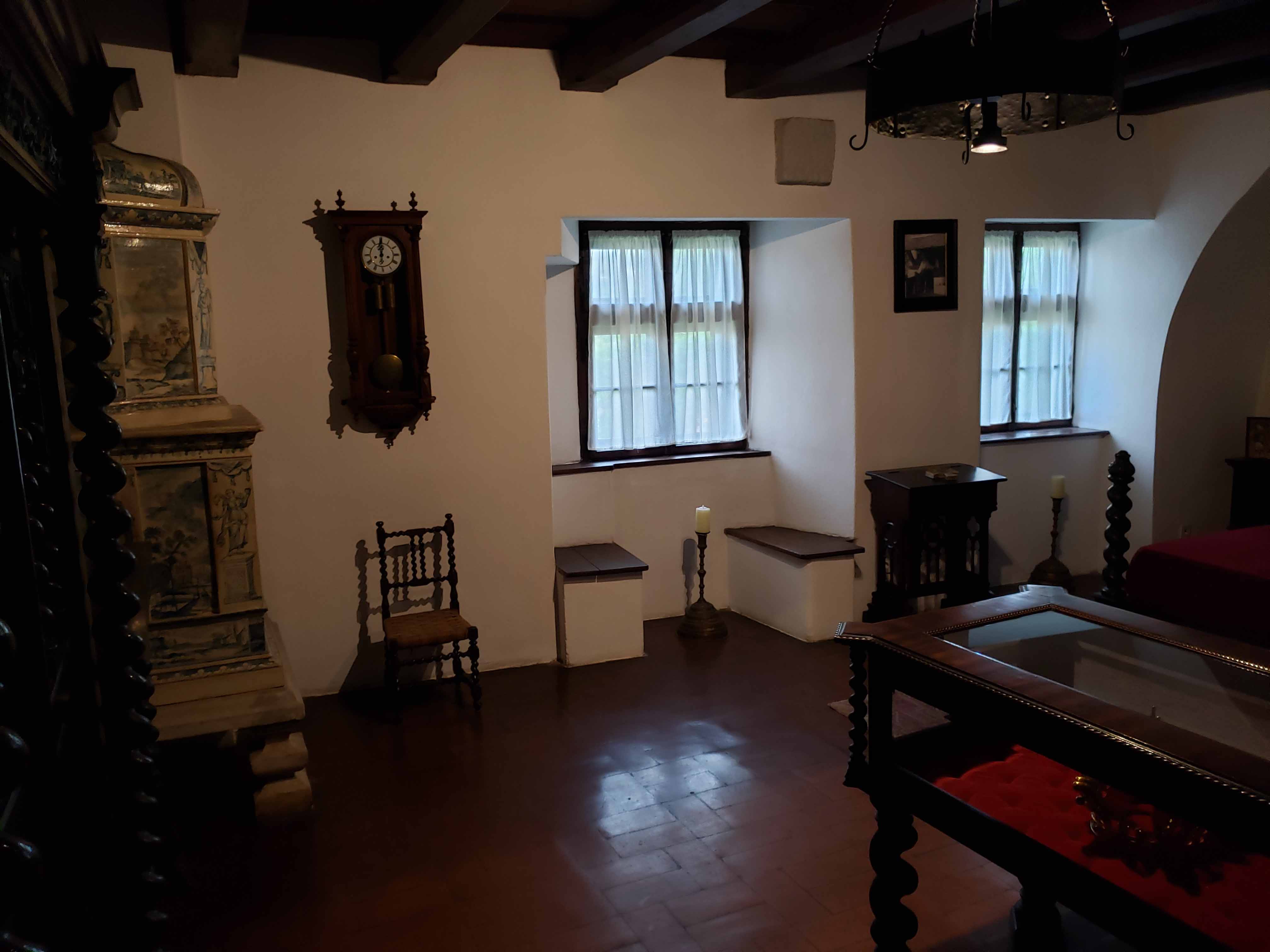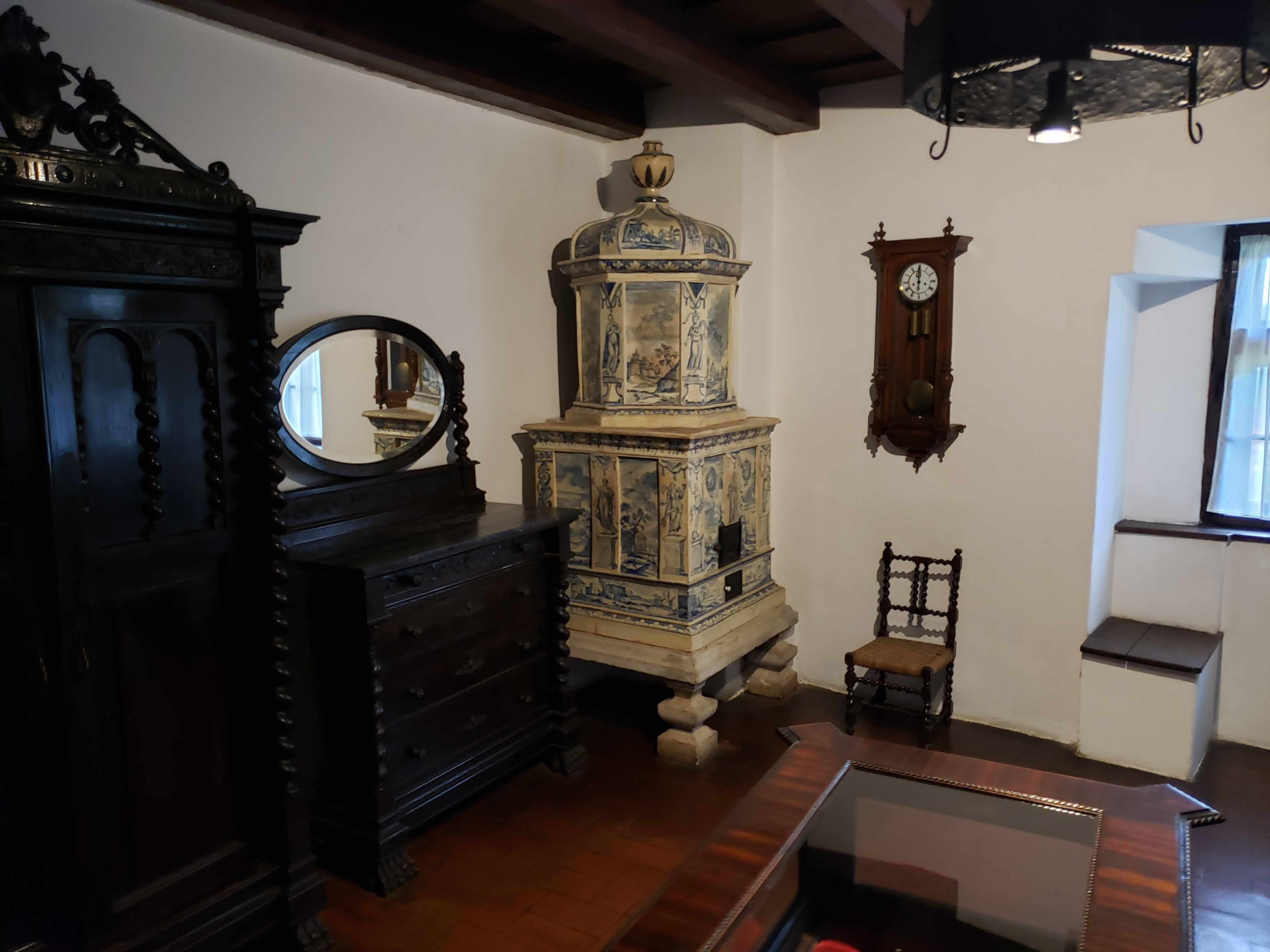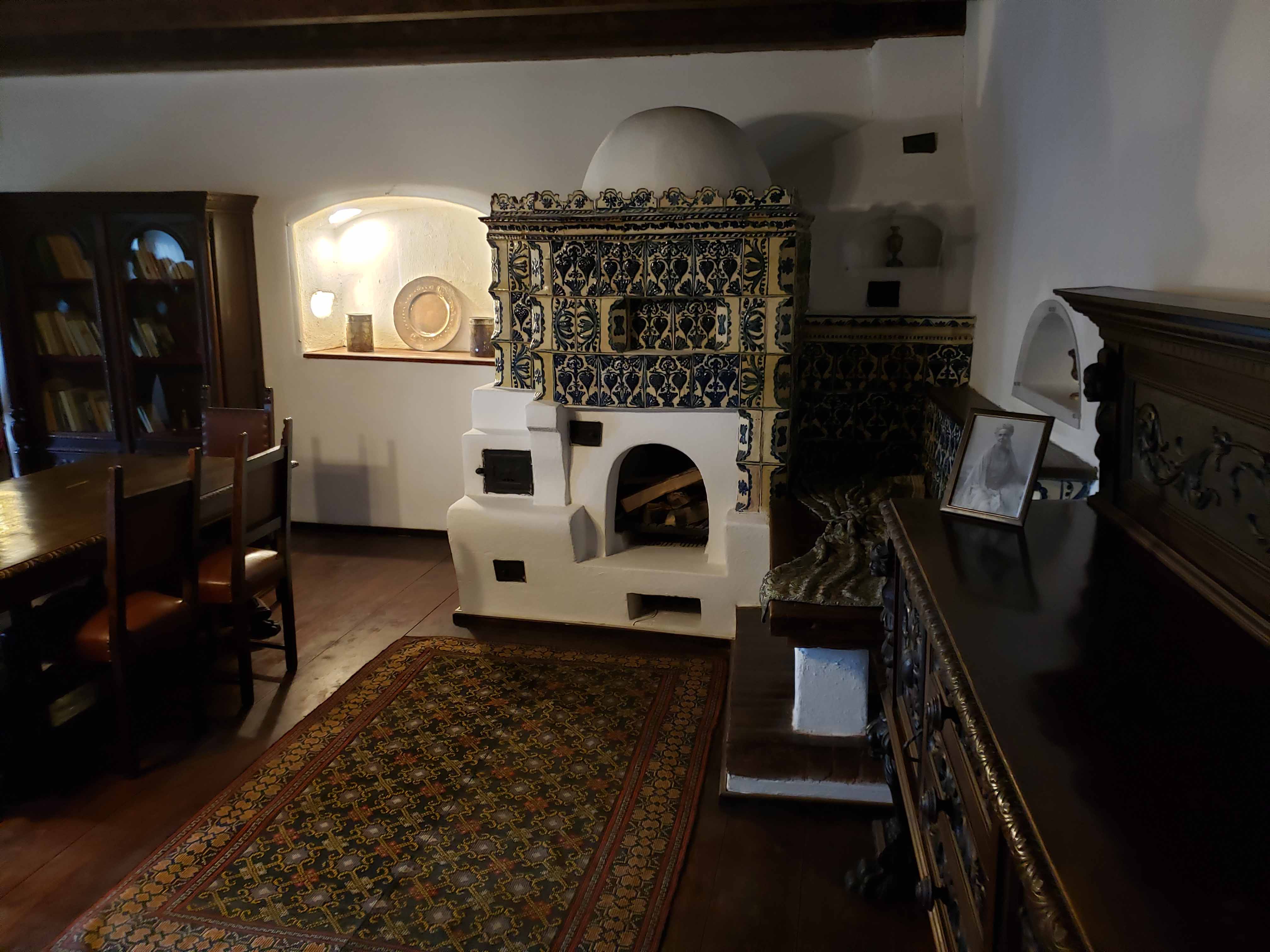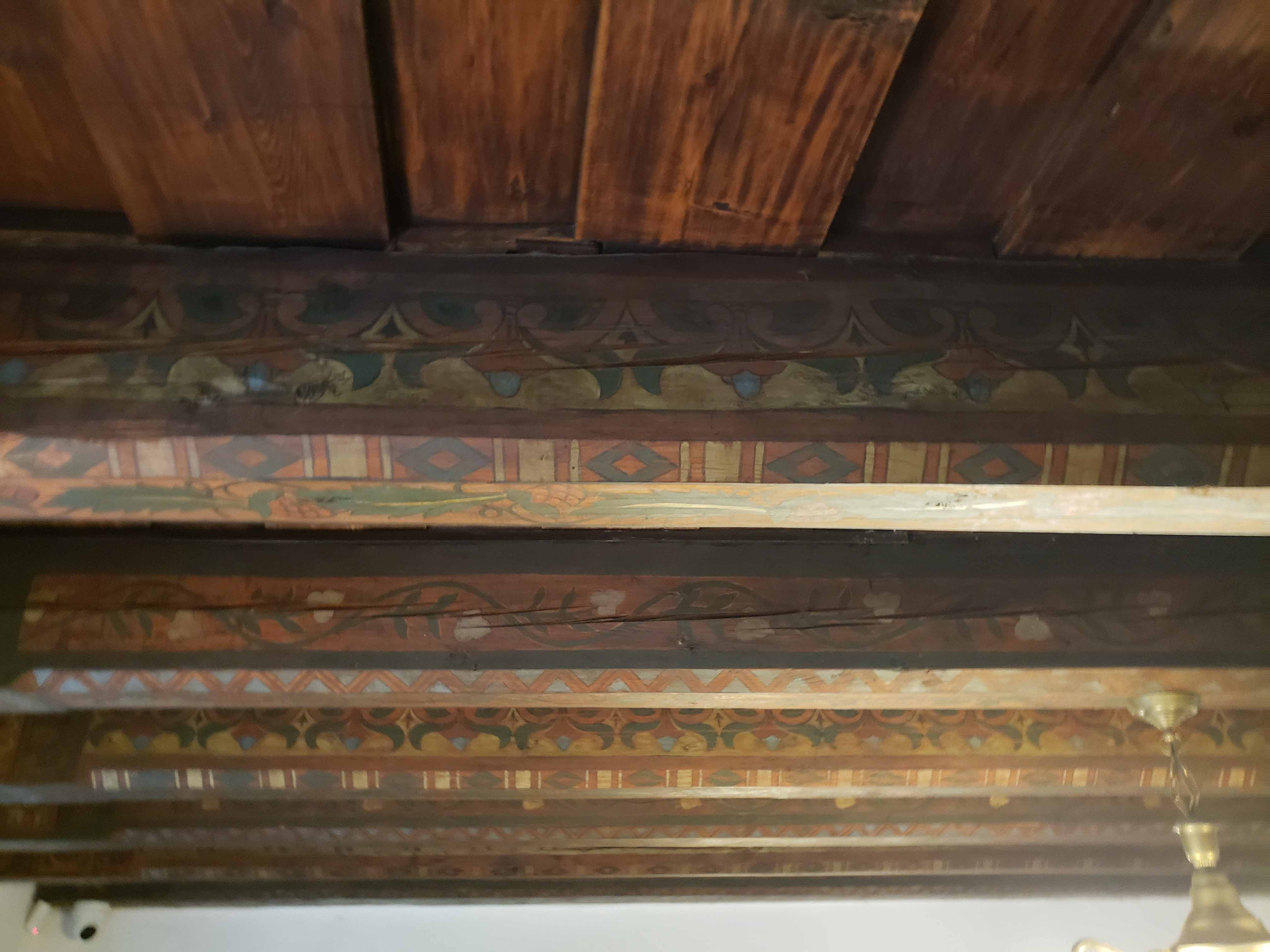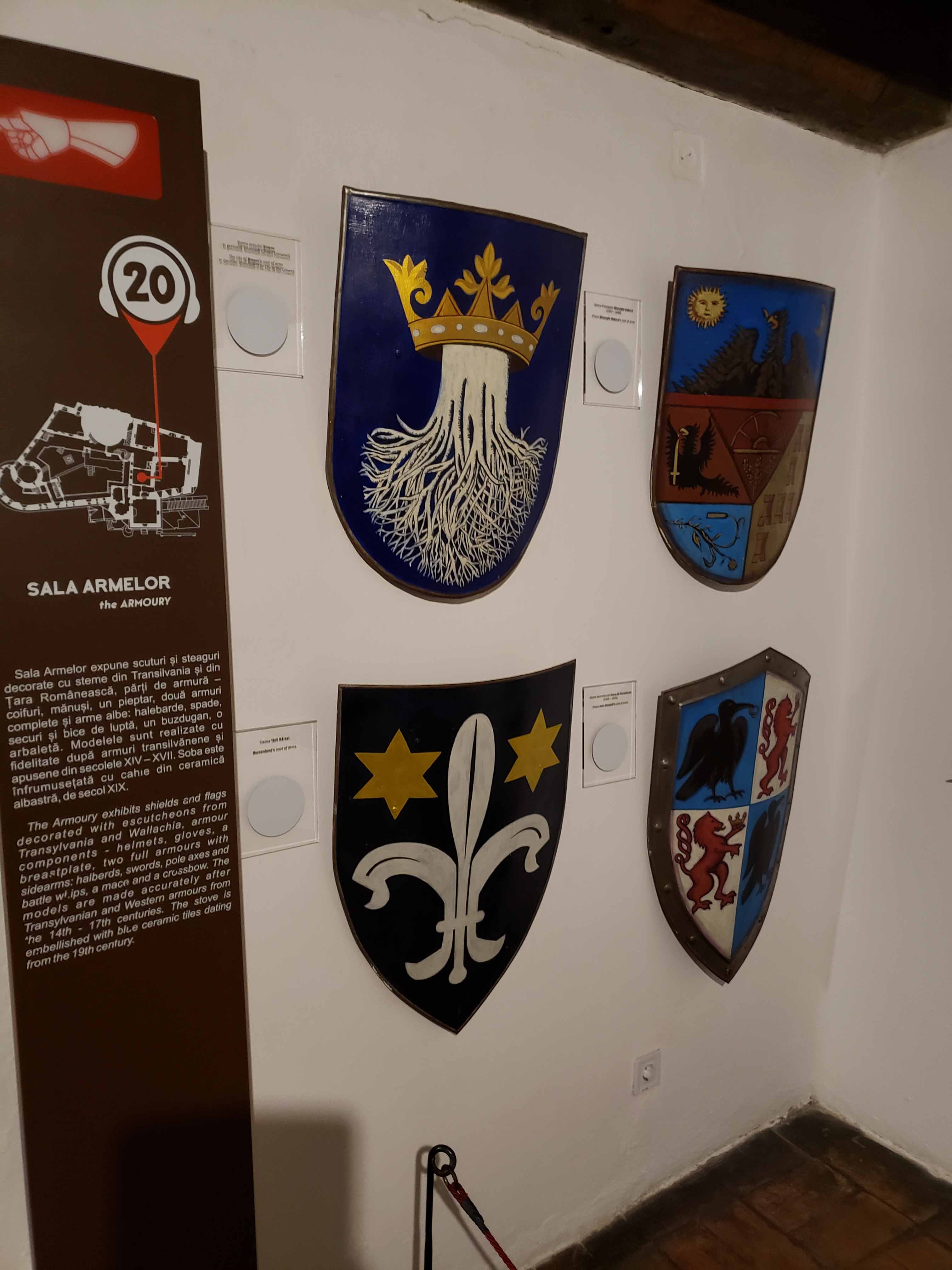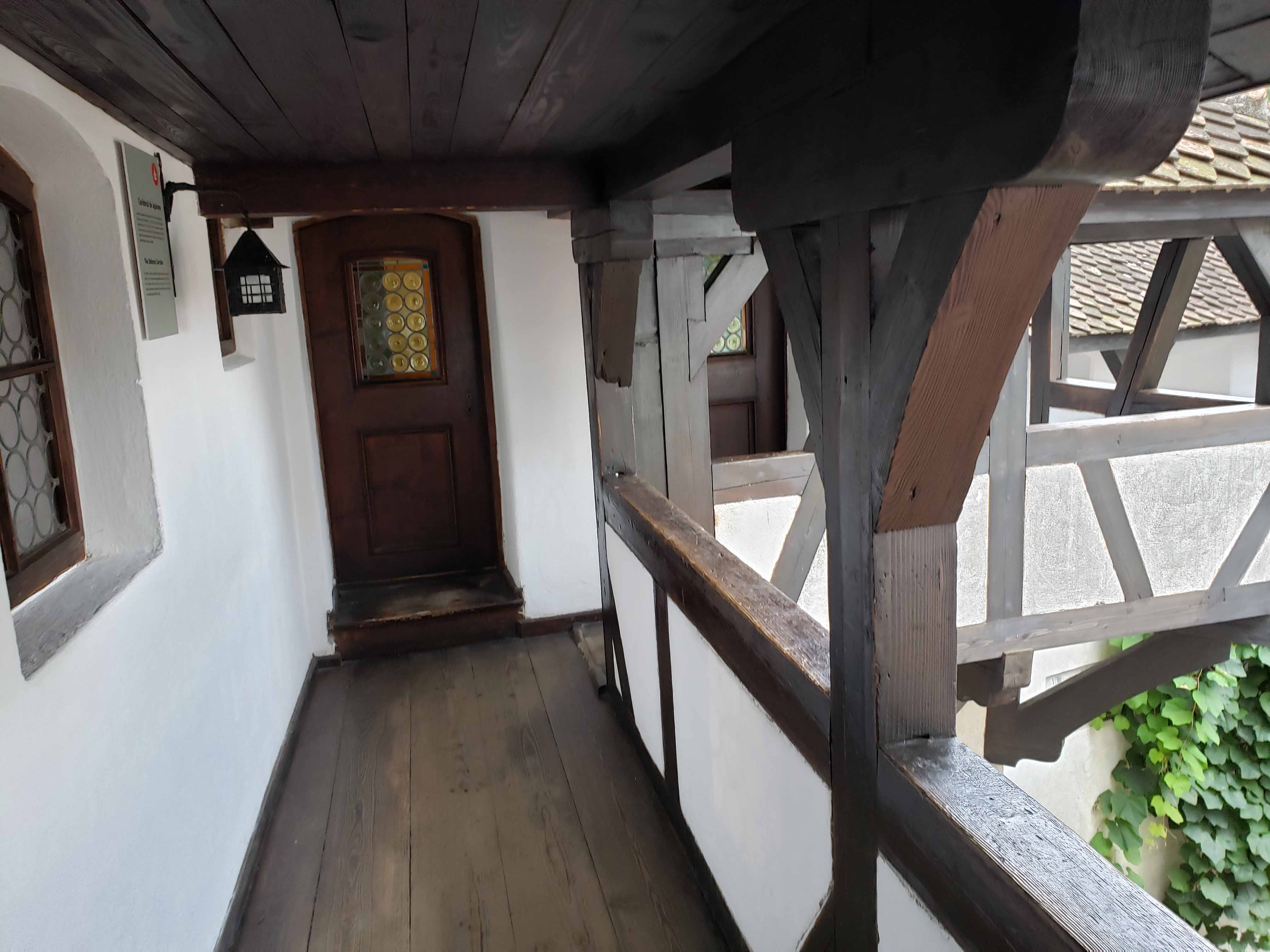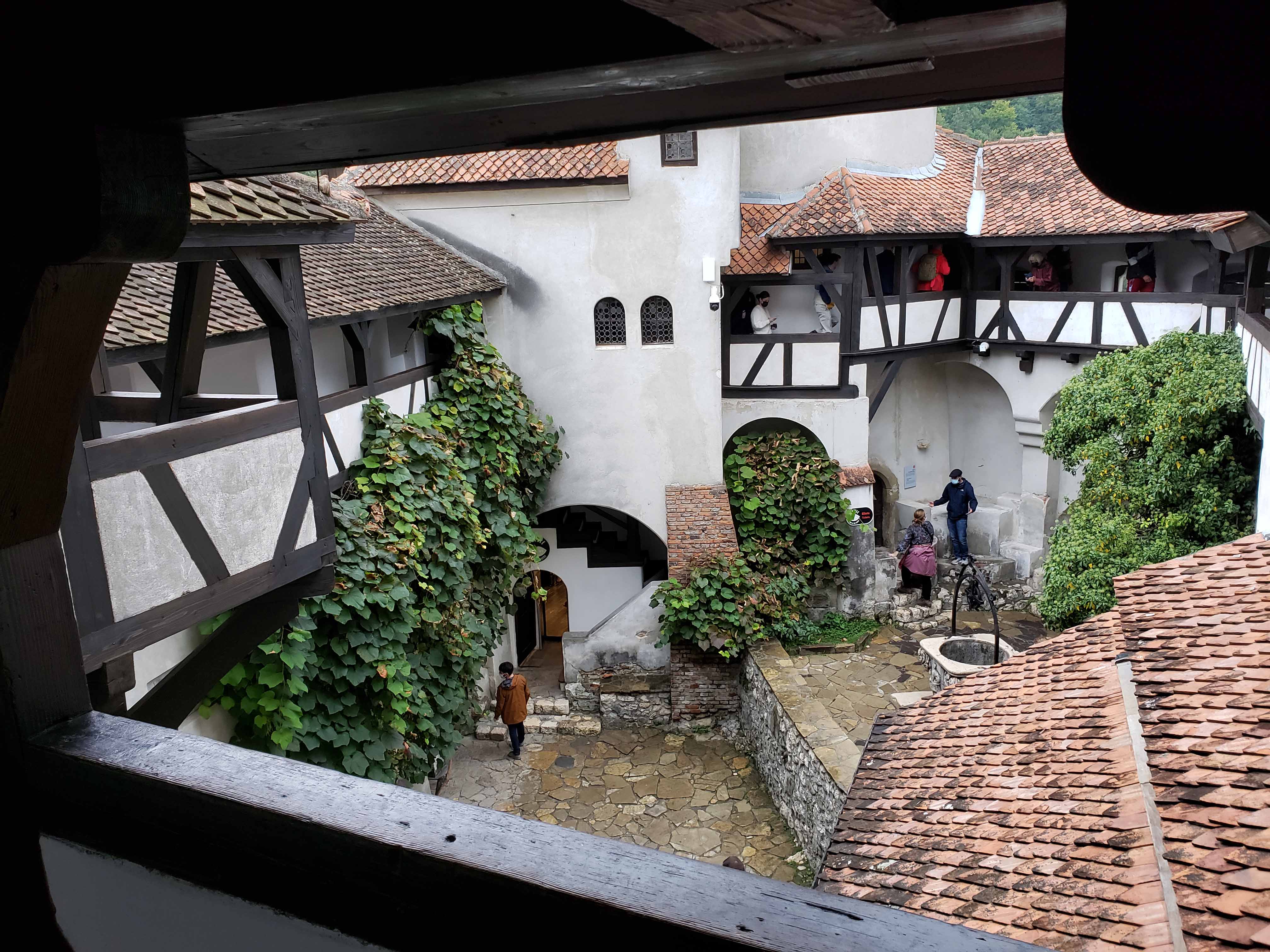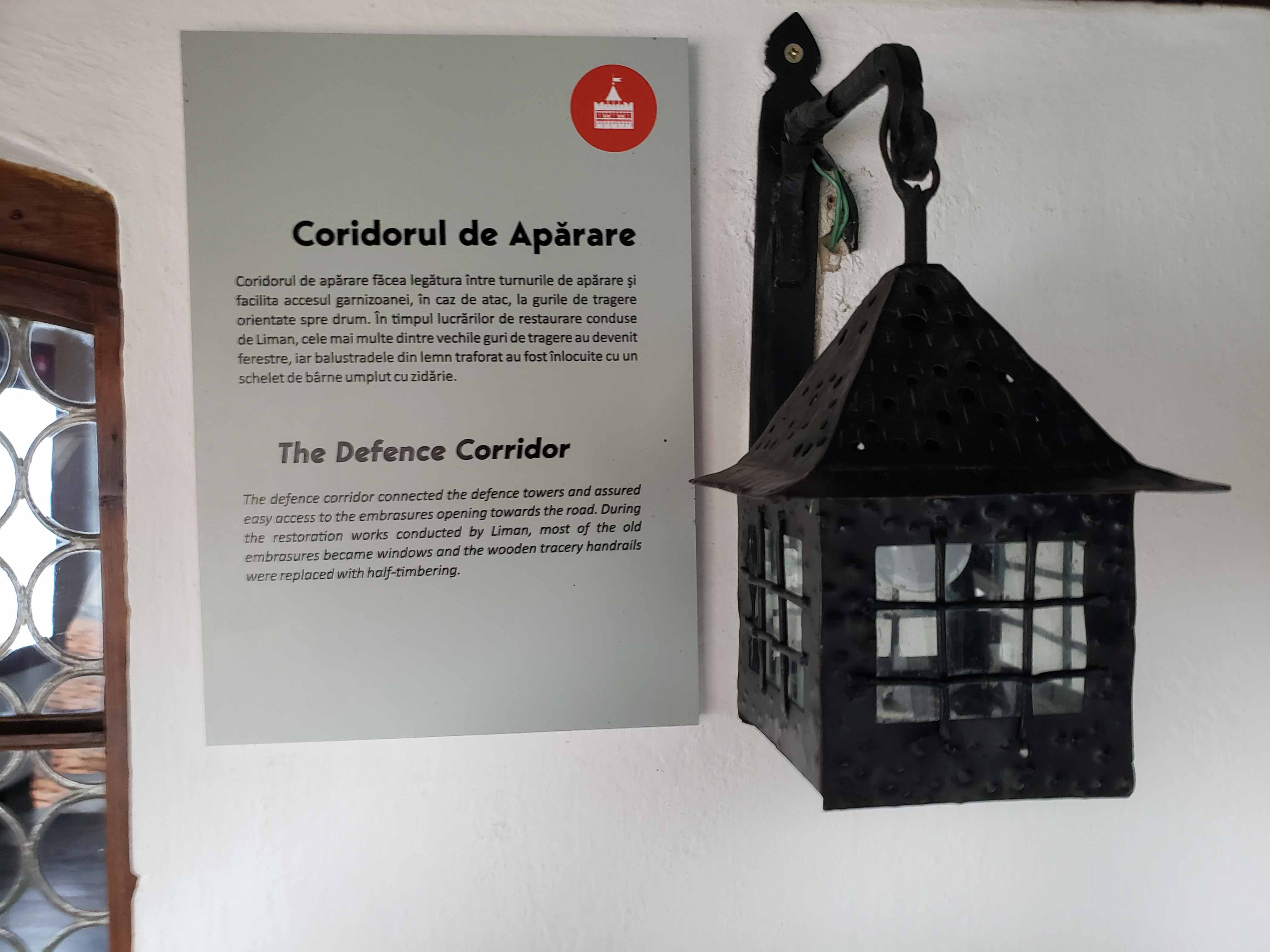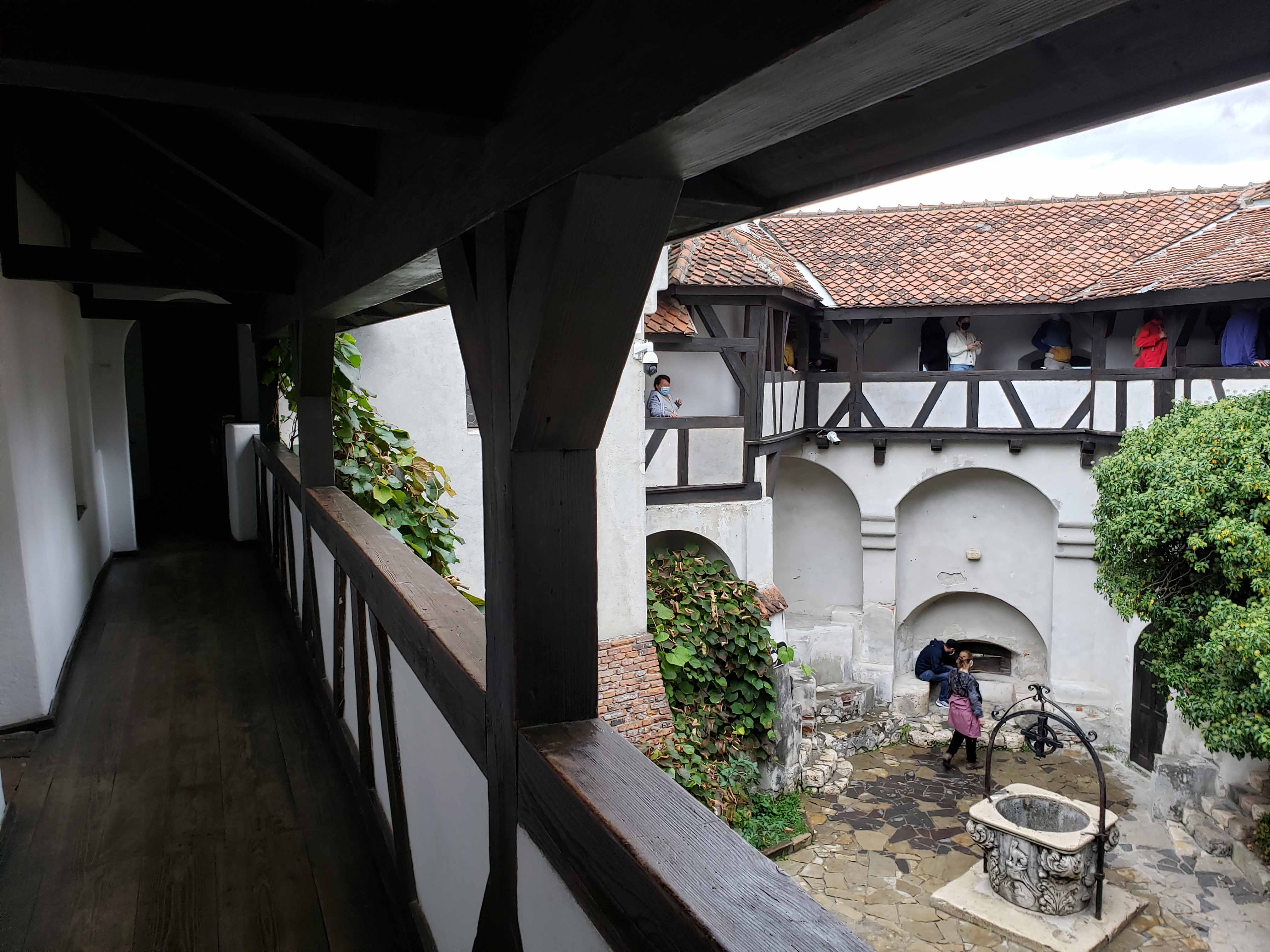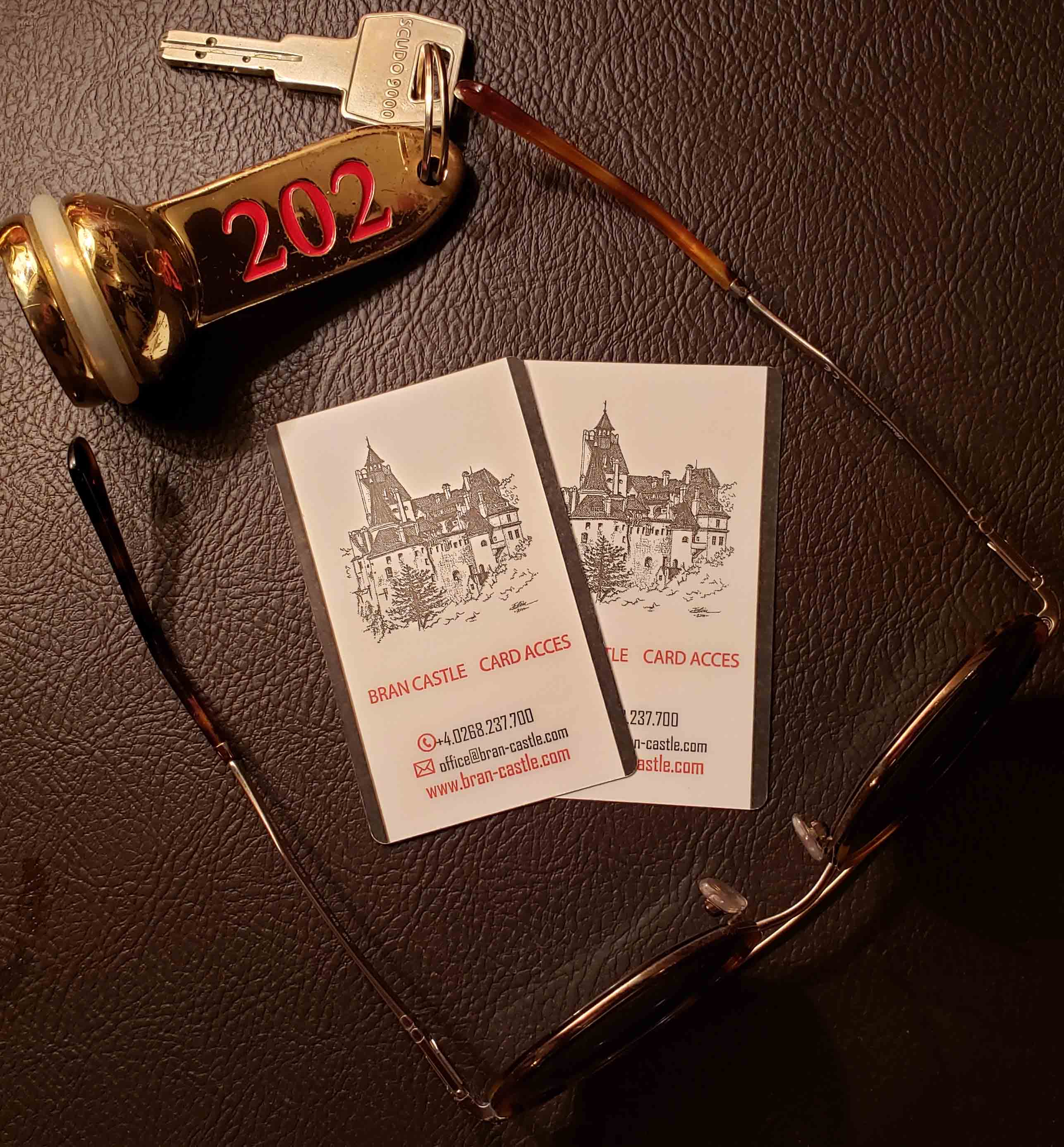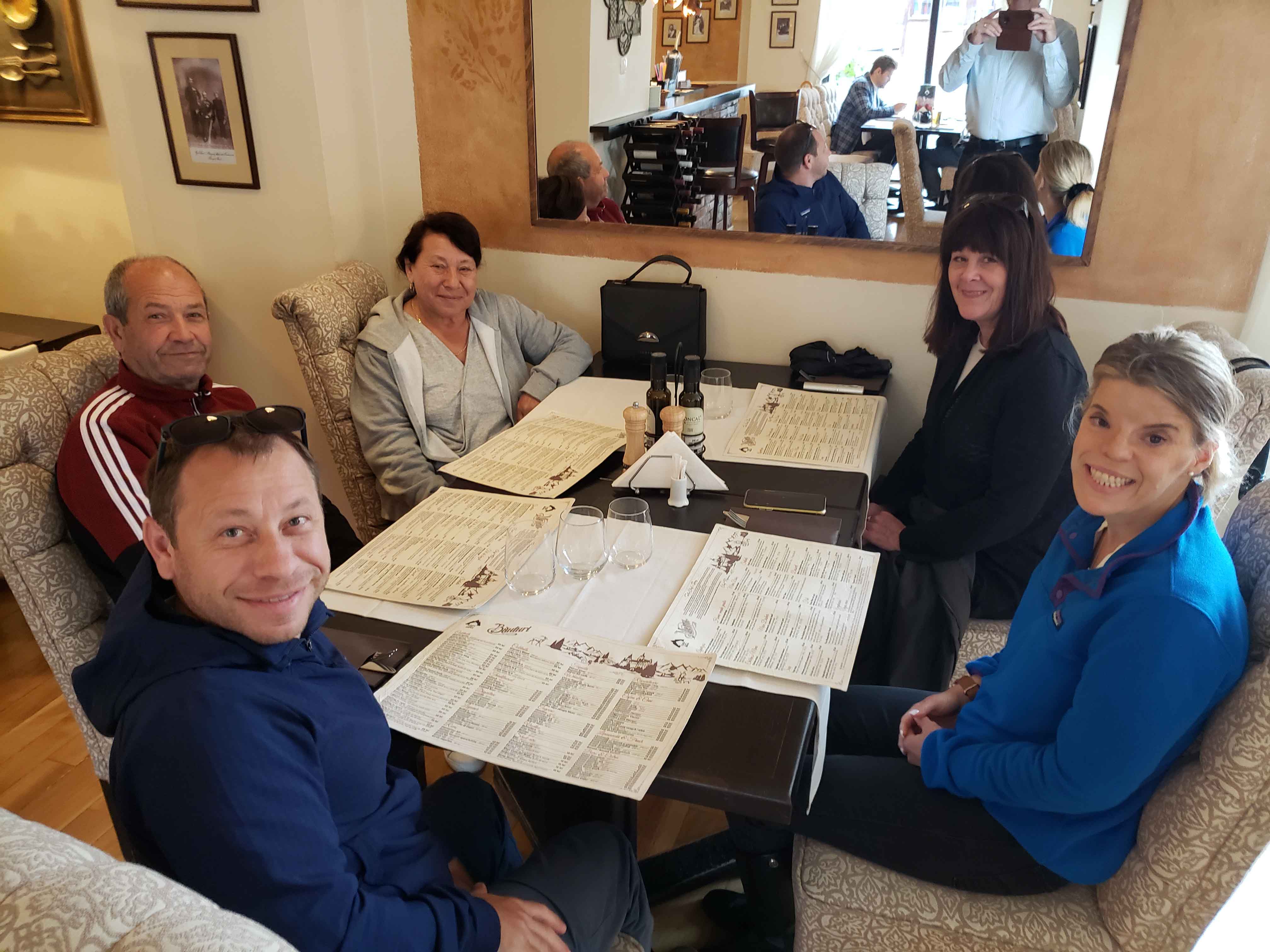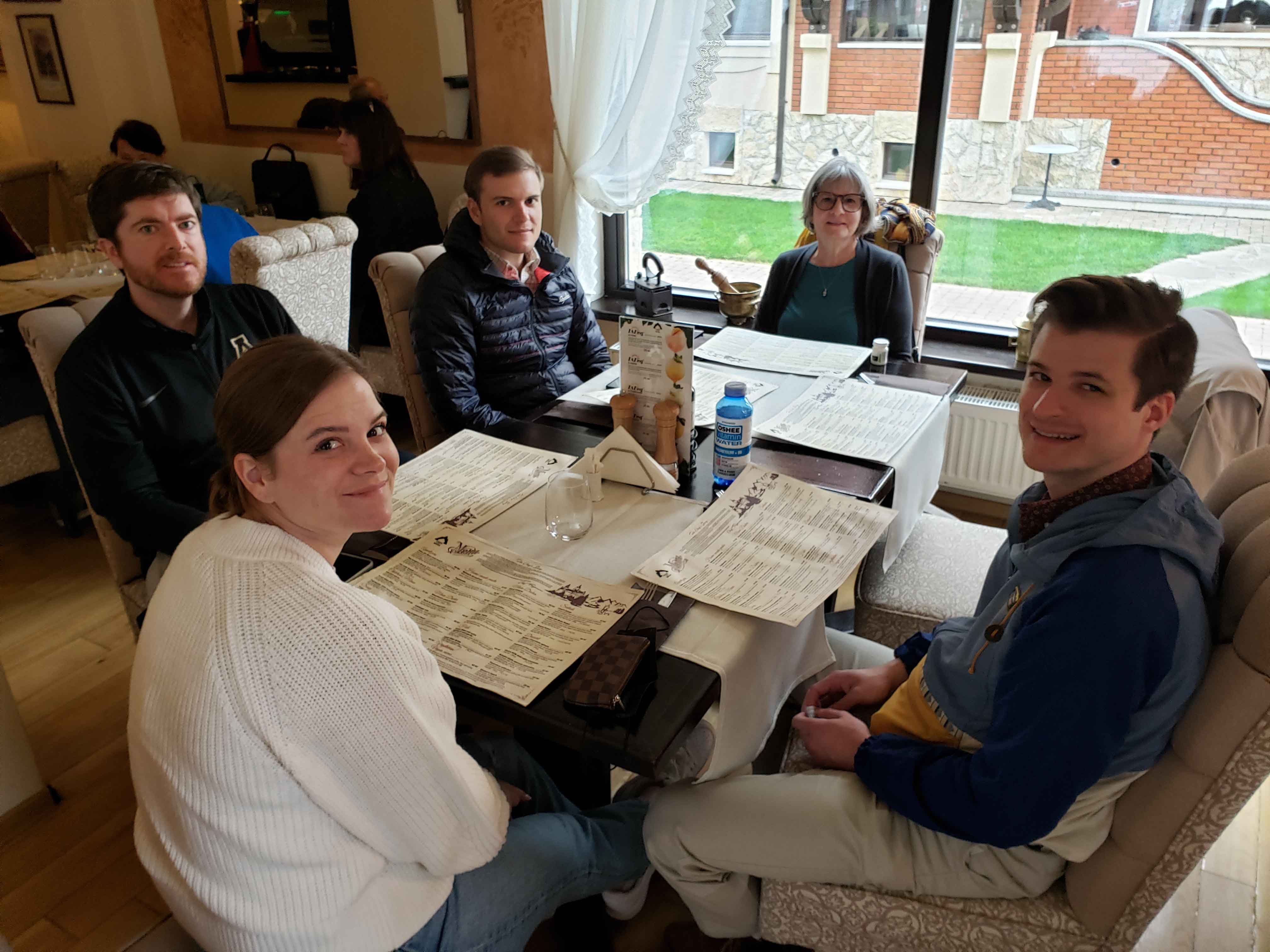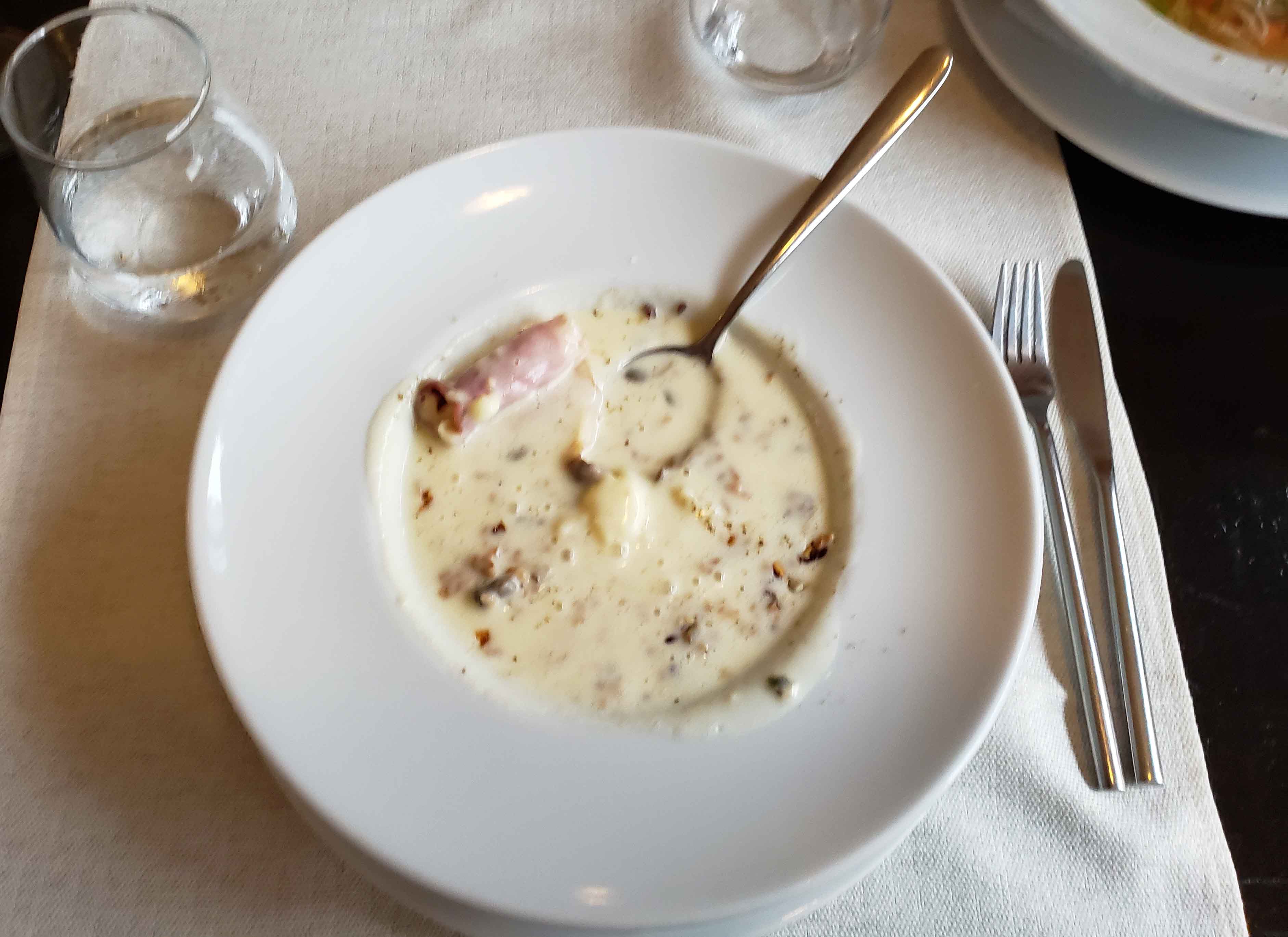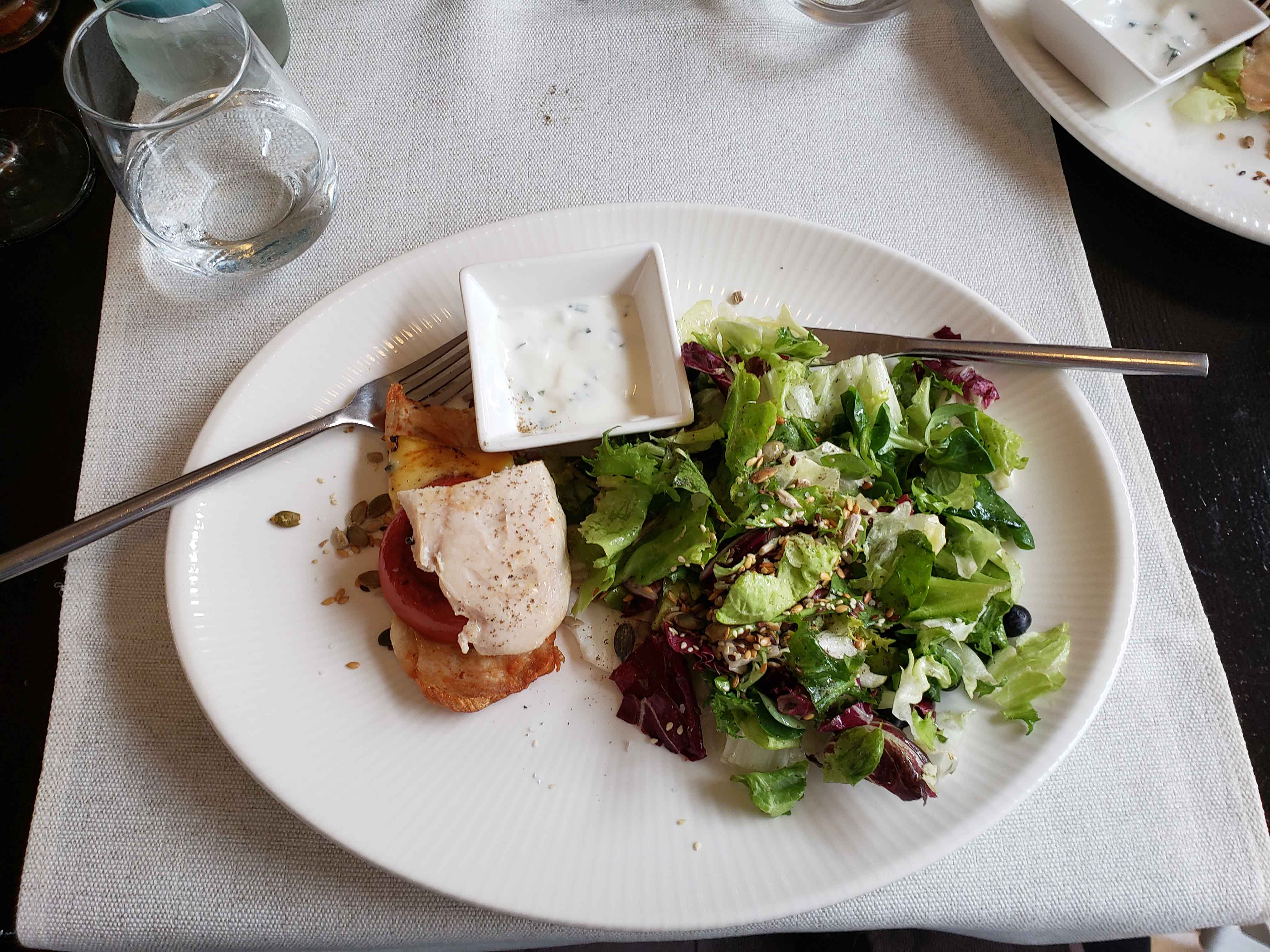A drive of some distance from Buşteni lies the town of Bran. Somewhat nondescript, but having all the trappings of a typical tourist area, it is for sure a more relaxed atmosphere than the Prahova Valley.

Its claim to fame is of course Castle Bran, the so called home of Vampires, Count Dracula and other Penny Dreadful, that Bram Stoker made so famous. It neither has the feel nor unearthly aura of a place where so many horrors could have ostensibly been committed by Vlad Tepes, or more noteworthy, Vlad the Impaler, as current folklore would have it. Overall, it was an interesting day trip, warranted by the excellent restaurant we ate at, and to finally put to rest in our own minds exactly what all the vampire fuss is about. Others will probably have similar epiphanies if they visit, just as I did.
Bran – The Town
Bran is an out of the way town which seems to enjoy some tourist traffic, but only because of its namesake. It lies on E574, which is on the west side of the Bucegi Range of the Southern Carpathian Mountains and about an hour’s ride from Buşteni, that is in good weather and when there is no bridge or road construction (something we were unfortunate enough to experience on our return to Buşteni).
The rivers Poarta and Turcul run through the town, but they are hardly noticed due to their diminutive sizes. There are several places to park, a very large overflow parking area may be found on Strada Doctor Aurel Stoian, when the tourist season is in full gear. We parked in the Castel Parking place off of E574, right next to the restaurant we visited for lunch.
Castle Bran
The castle is perched on the side of a hill of the western Bucegi Range and commands a view of the entire countryside, as well as the valley below through which the river Turcul runs. One can hardly doubt that it is fixed to its position with the help of an outcropping of rock, for which Bram Stoker used against it to steal its reference from an illustrative book. It is of course a misrepresentation and artistic license that allowed him to do this, though some in this area would detail occurrences of Strigoi, evil spirits who wander the night between the hours of midnight and daybreak, in his defense. But one should not think them related to the castle, nor Vlad the Impaler, who, as evidence would suggest, has become a victim of his own success to levy tariffs and taxes on the German merchants who did not want to pay. The idea of money representing blood, blood money, etc., is not without parallel in our own history.
The castle has no doubt cashed in on the mythology of Dracula or Count Dracul, however, they are careful not to inflame any details regarding this myth. There are little to no reference to Count Dracula nor Vlad as an Impaler. However, there is a very good Torture museum on the grounds, which for about 10€ more will gain you entrance.
The character of Dracula is often confused with Vlad Tepes, also known as Vlad Dracul, who was a Walachian Prince who lived in Bran Castle. It is the only castle in all of Transylvania that can possibly fit Bram Stoker’s description of the castle that Dracula in his book lived in; hence, it is now known throughout the world as Dracula’s Castle. His novel described the castle as,
. . . on the very edge of a terrific precipice . . . with occasionally a deep rift where there is a chasm [of] silver threads where the rivers winds in deep gorges through the forests.
Bram Stoker obviously stole the appellation from an illustrated book that showed Bran Castle and then took it as his fictitious abode for Count Dracula. He used rather straightforward references to imply the he meant none other than Vlad Tepes, who was the Wallachian Rules from 1456 until 1467, and who, for political reasons, was labeled as a blood thirsty tyrant, as has already been previously mentioned.
Nonetheless, in Bran and the villages nearby, one can still find the belief in the existence of evil spirits called Strigoi. There was and still a belief that there exist certain living people, or Strigoi, who lead an abnormal life at night, when during sleep, their souls leave their bodies and haunt the village tormenting people while they sleep. These evil spirits supposedly haunt their prey from midnight until dawn, when sunlight appears to affect their powers and their potential to do harm fades. The character of Dracula derives no doubt most of its power from these local myths, there is no other explanation for its endurance. Its power has however faded over time, that is, when exposed to the corrosive of the sunlight of education and scientific scrutiny, as most other things preternatural.
In the Fall of 1462, thirty years before Columbus visited the New World, an army of the Hungarian King Matei Corvin captured Vlad Tepes near Rucar. He was taken to Bran Castle and imprisoned there for at least two months. This could quite possibly be his one and only association with the castle. Where others have tried to fabricate, inveigle or obfuscate the narrative of Count Dracula from the Stoker book, history reveals the truth. Sleep well.
Restaurants
There are many restaurants in Bran, the most convenient one that we found was directly next to the parking lot we used. However there are several others that are without a doubt very convenient and good to use as well.
Casa di Bran
This restaurant offered a very cosmopolitan and Romanian based menu, one for which anyone could order something to please them.
Above are my choices for lunch which included wine, coffee and dessert, though all were served à la carte.
Our family had a very good lunch, while it rained for a while outside. Good timing before our visit to the castle.
